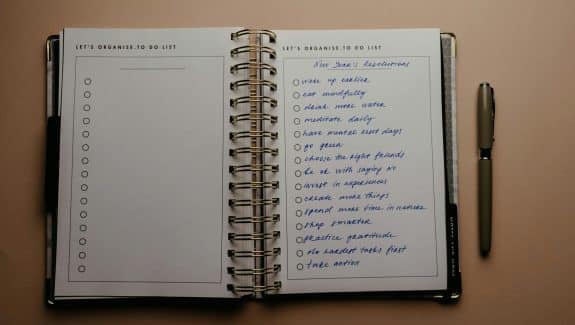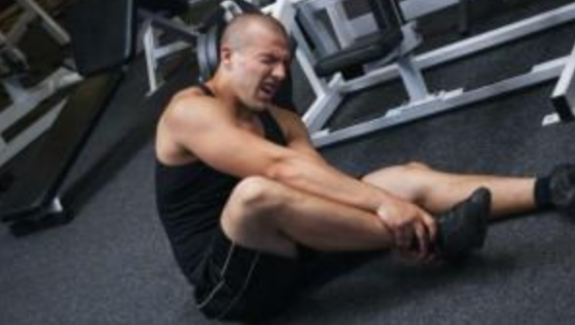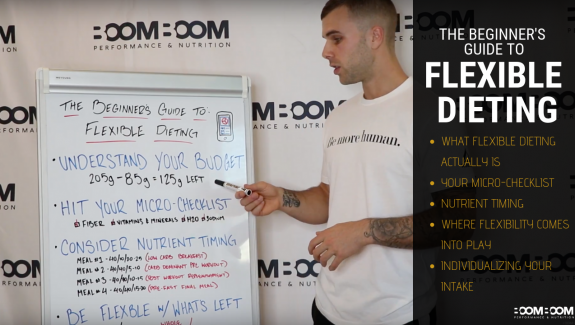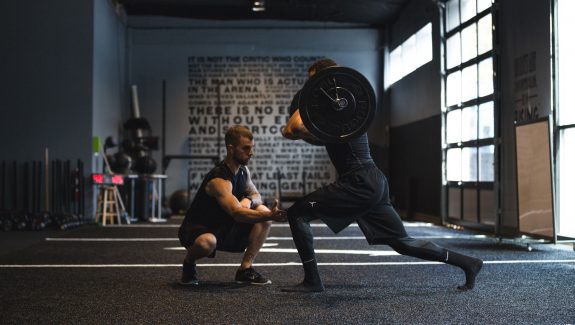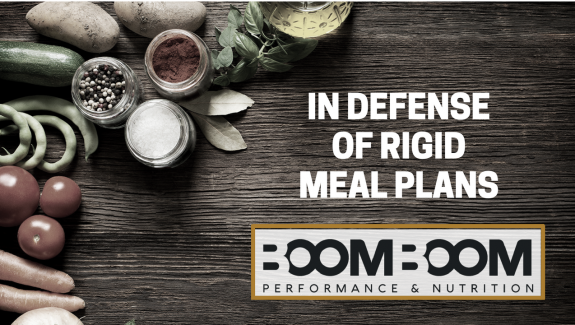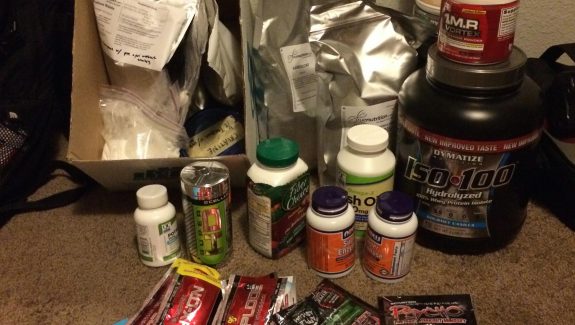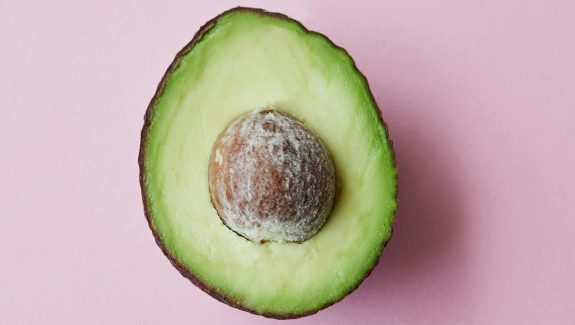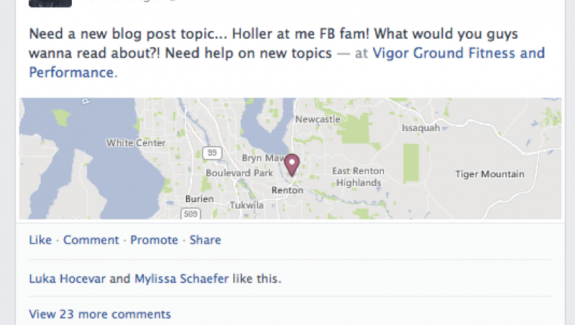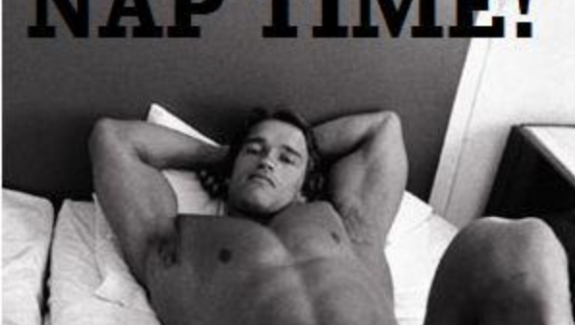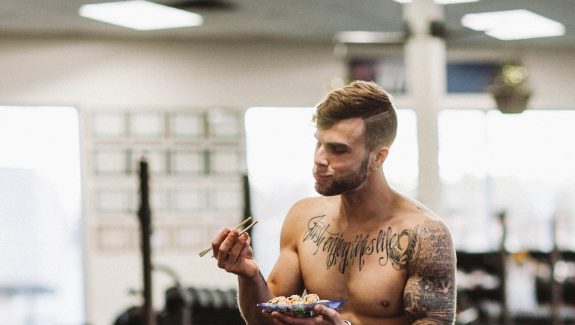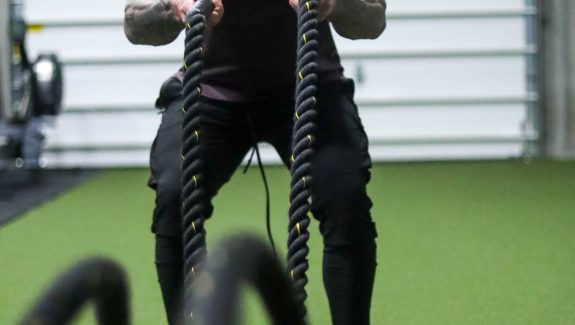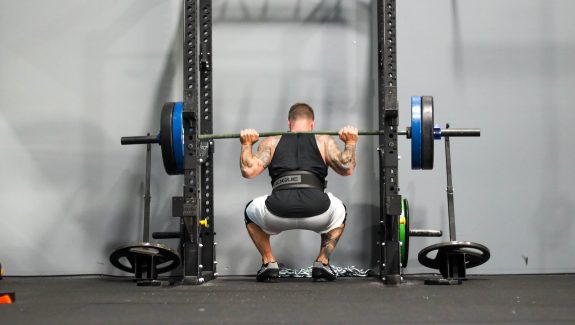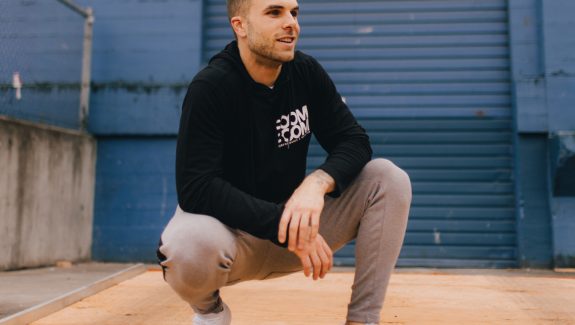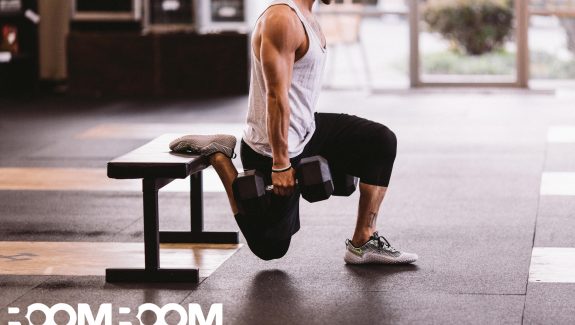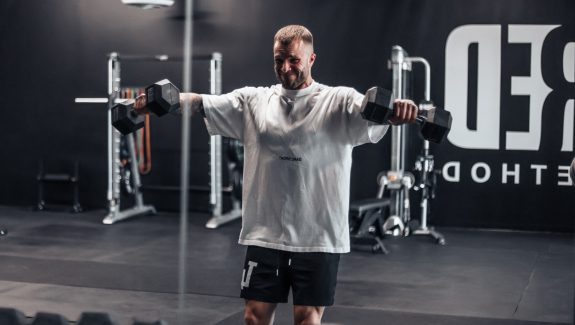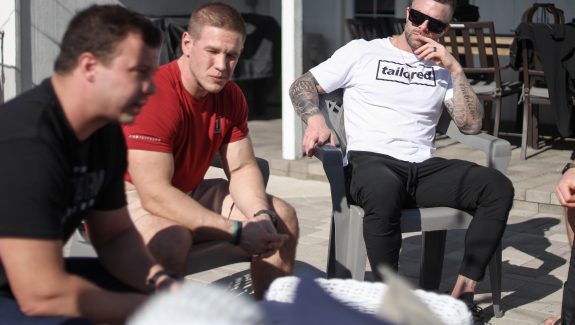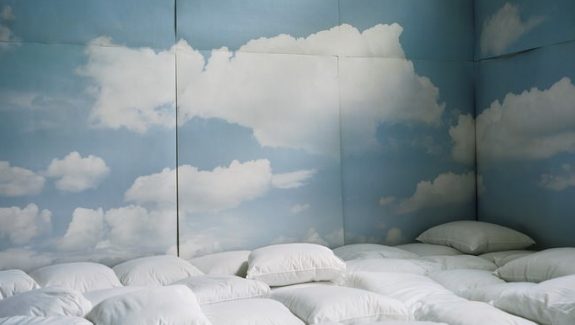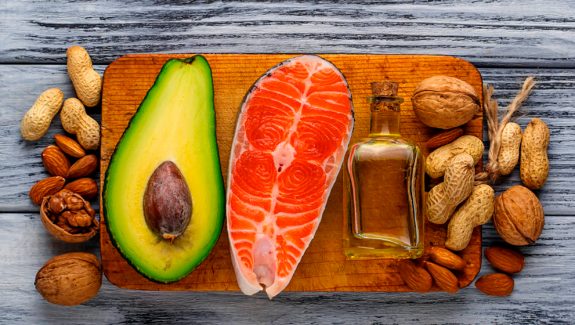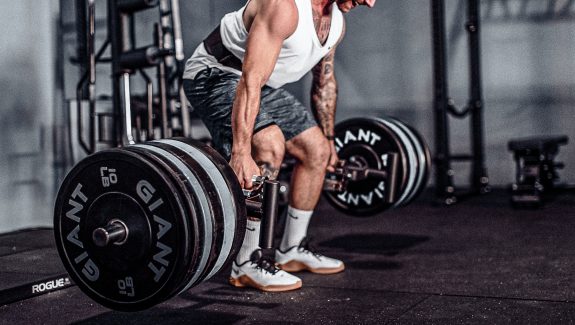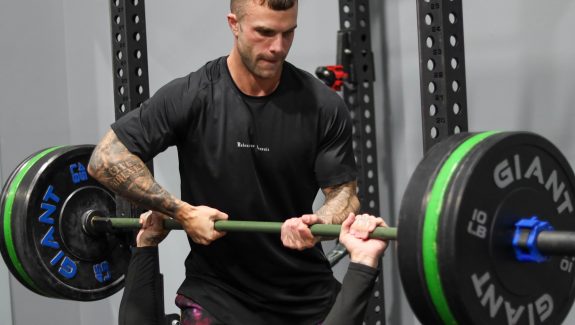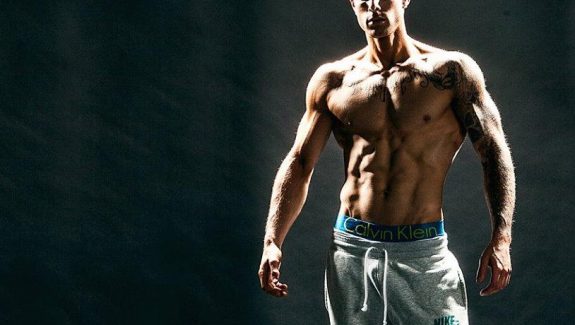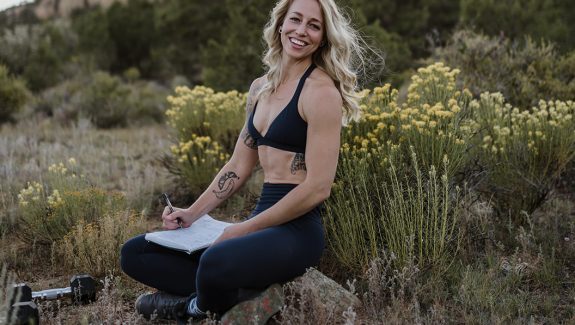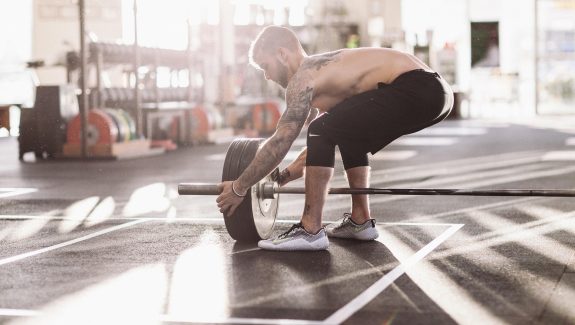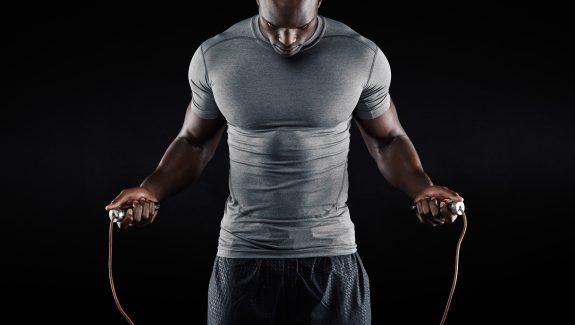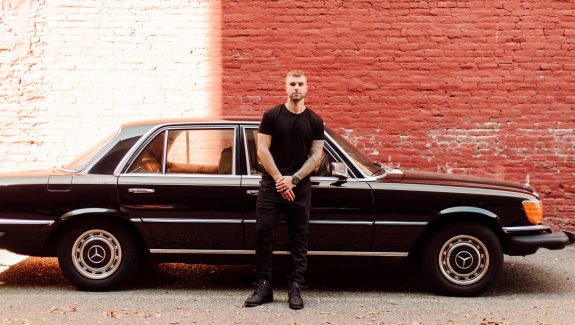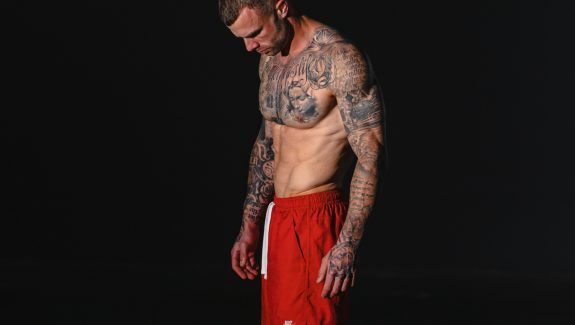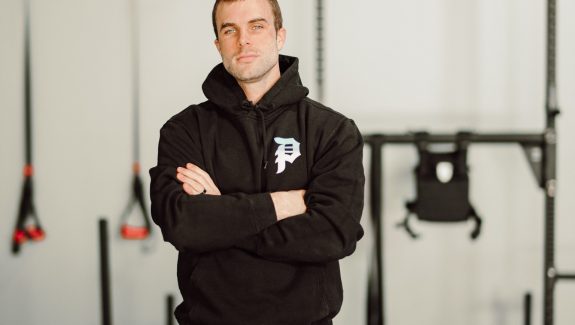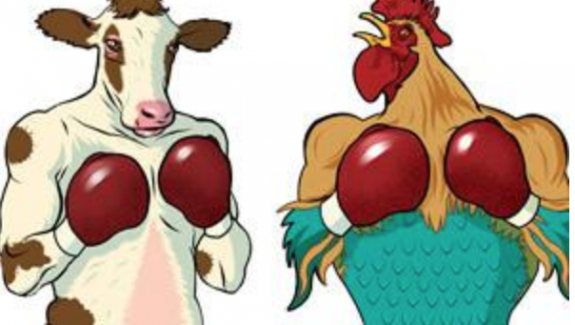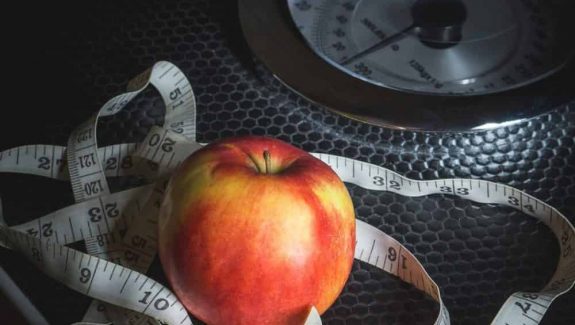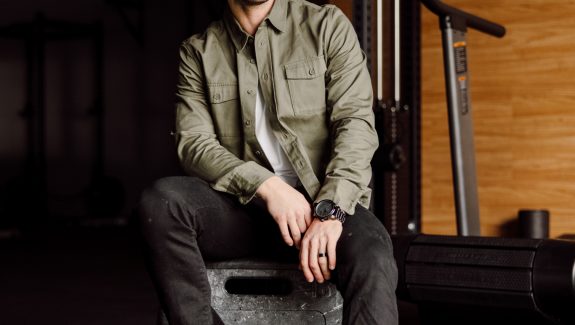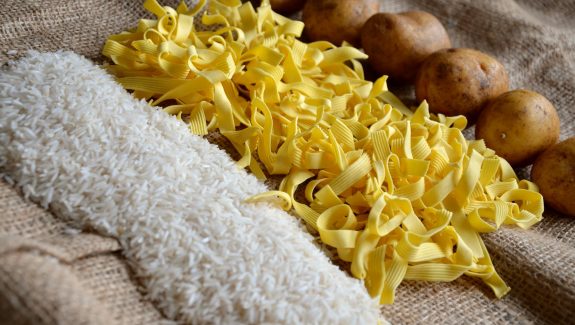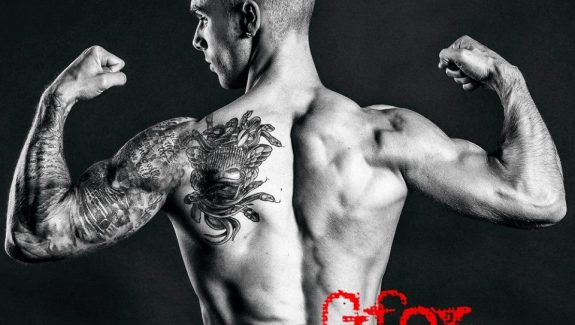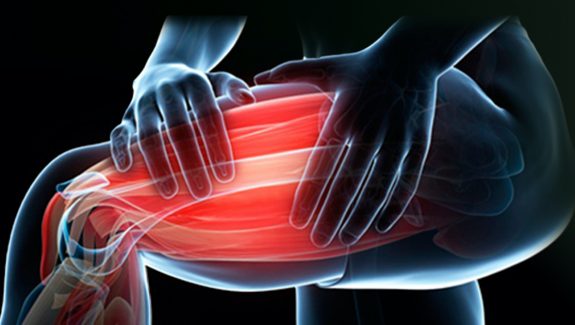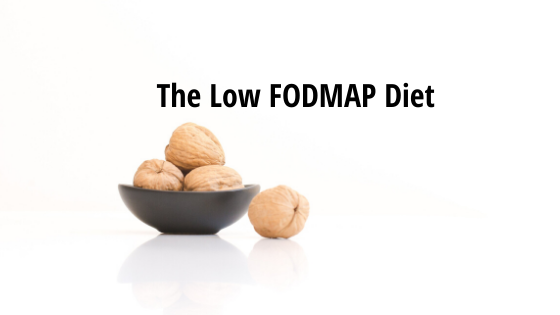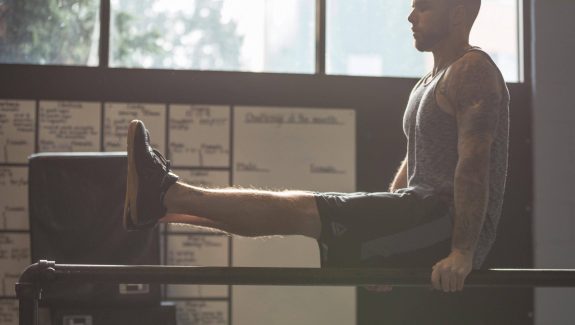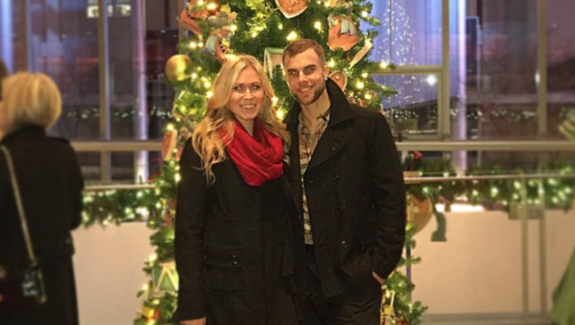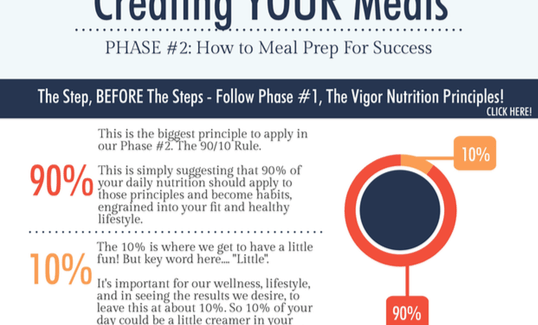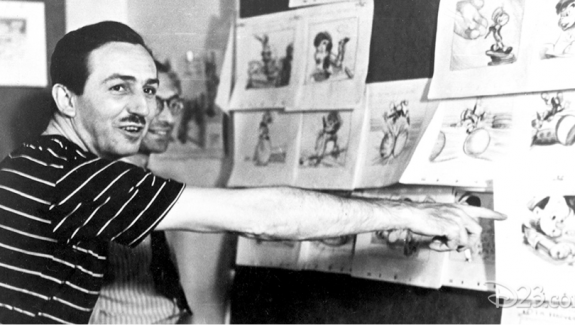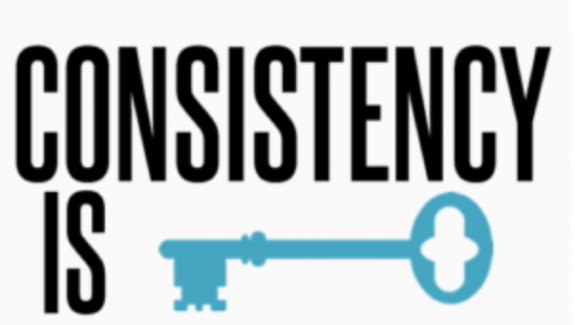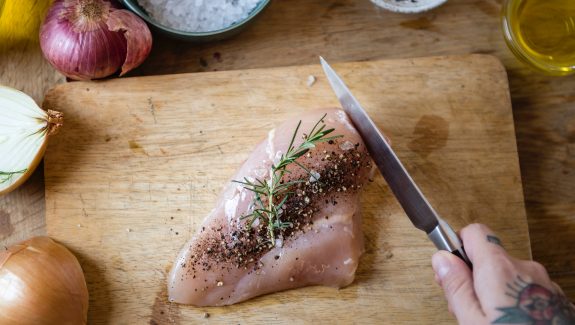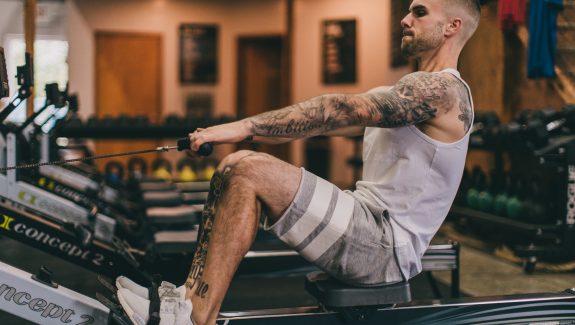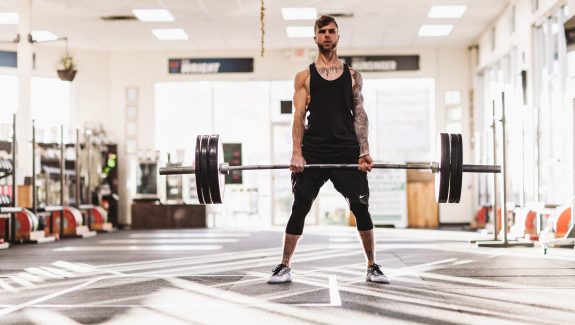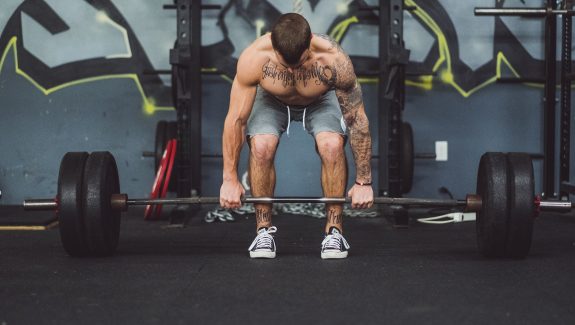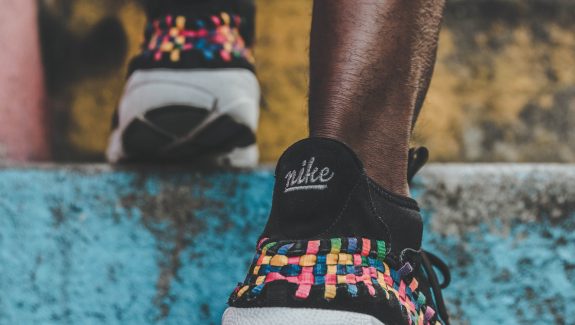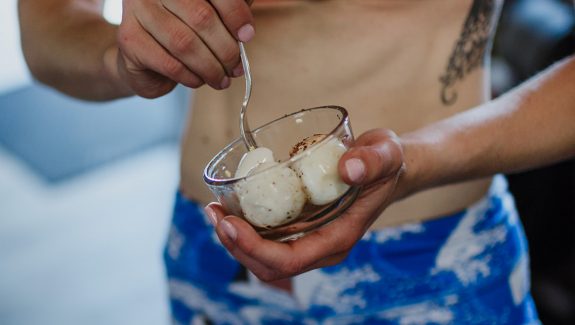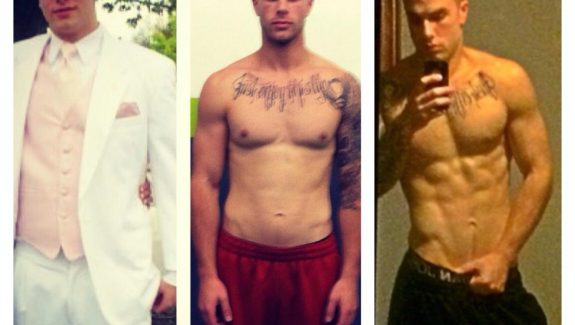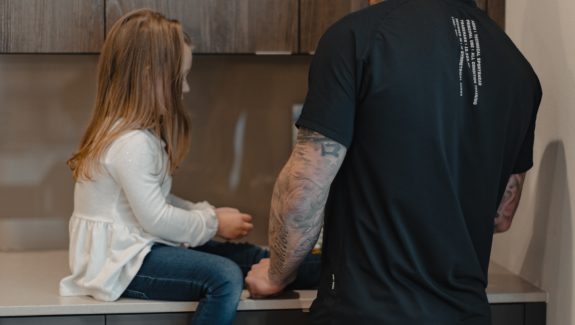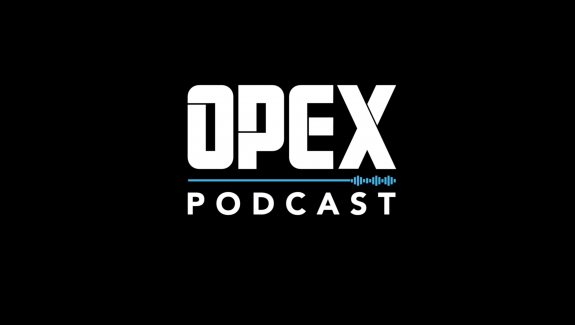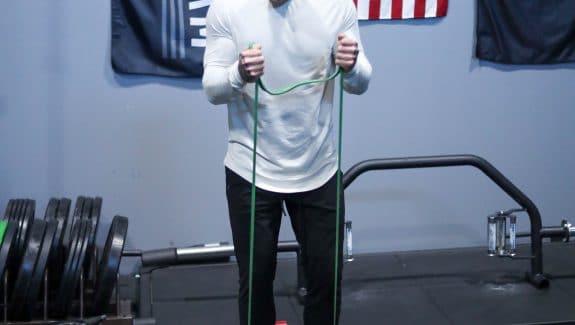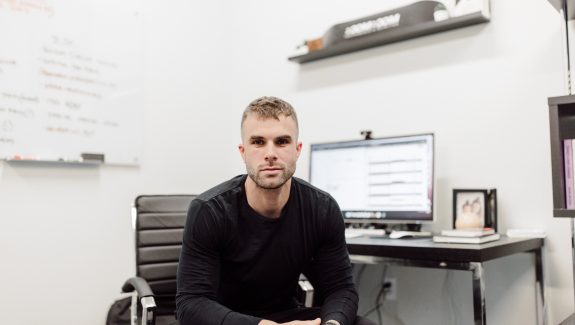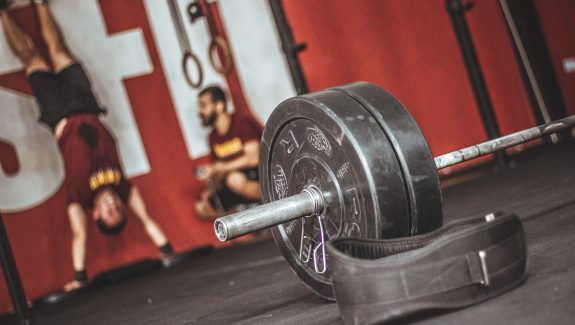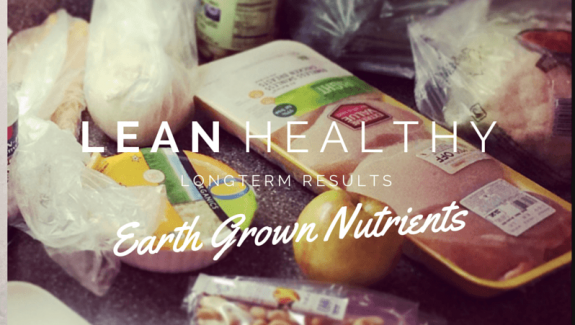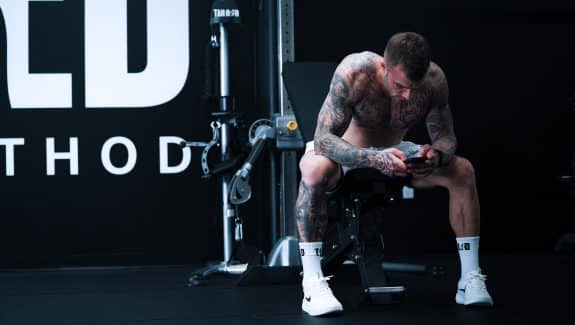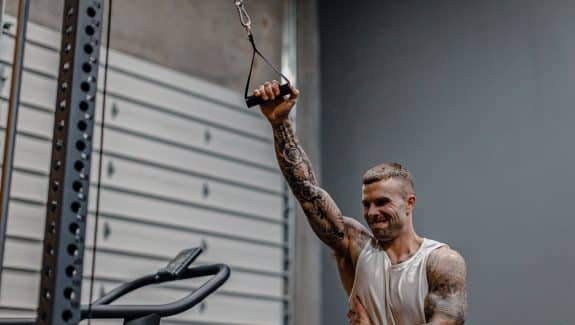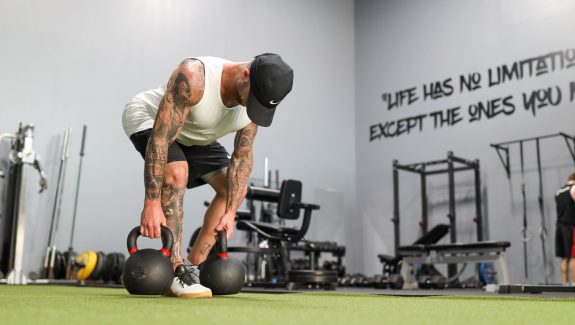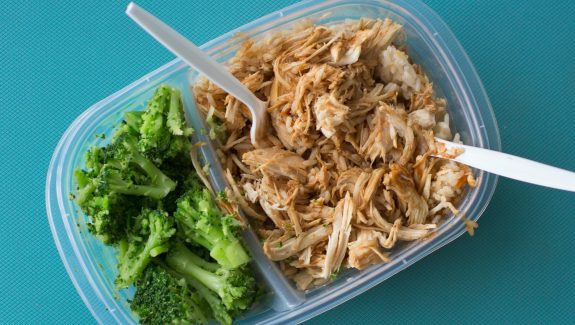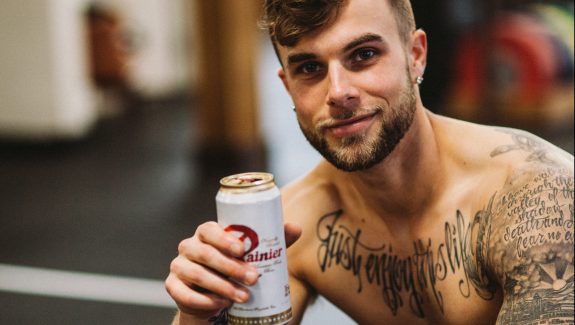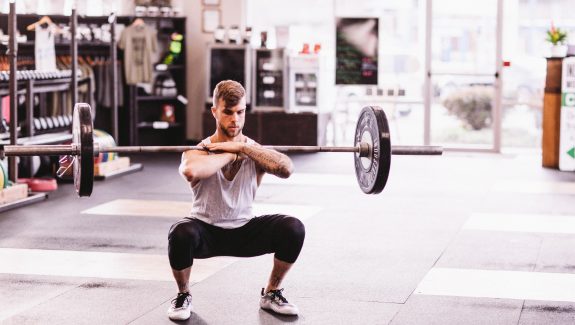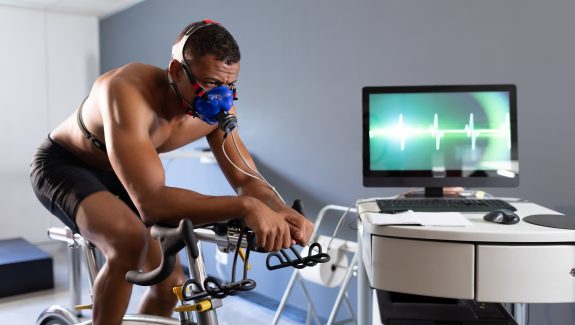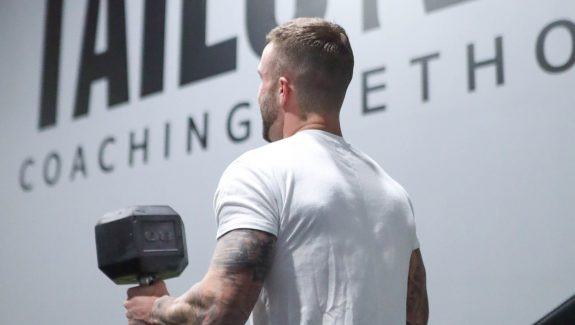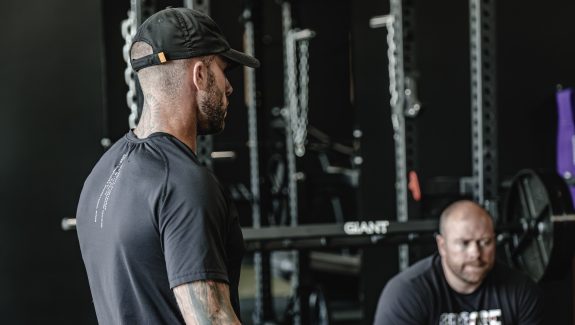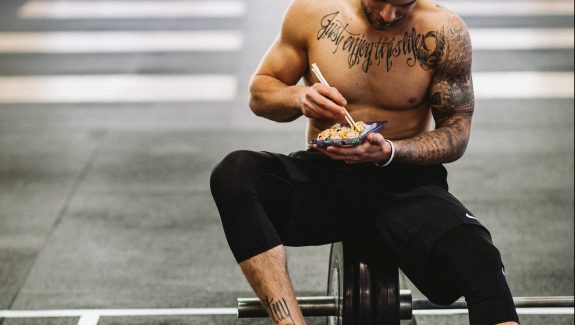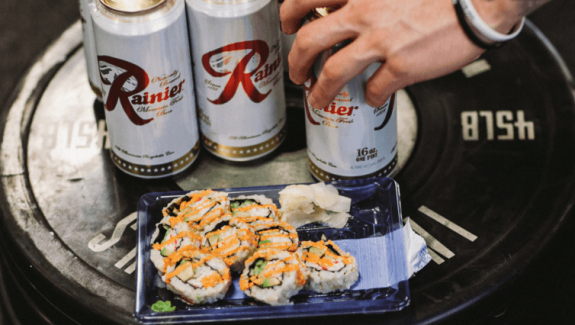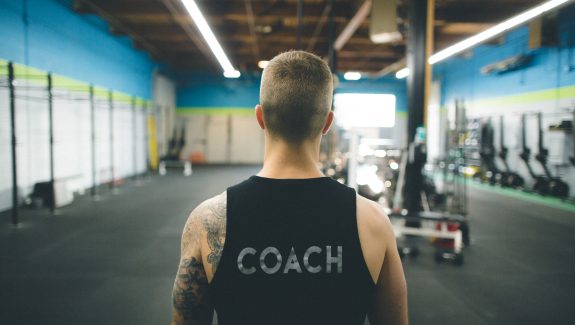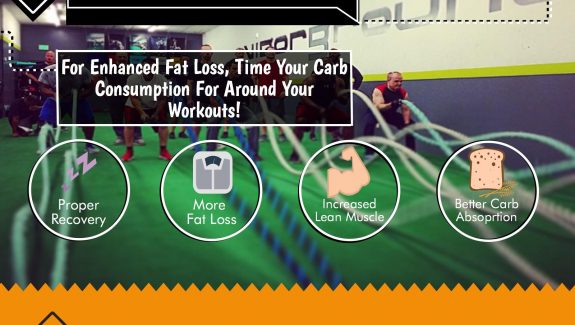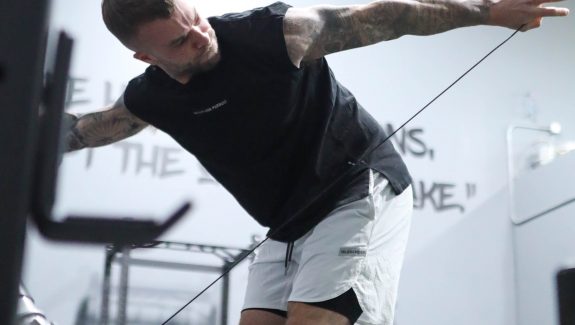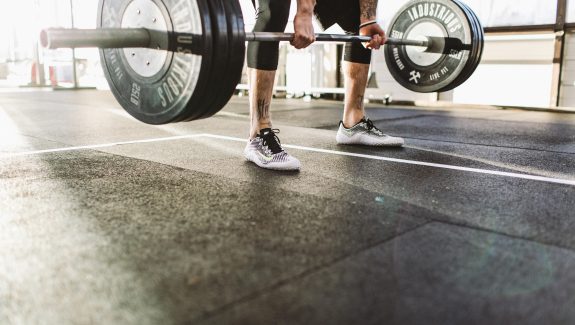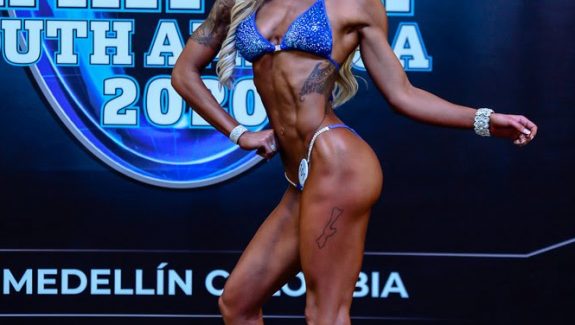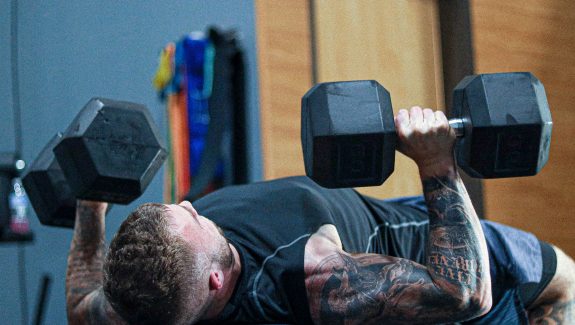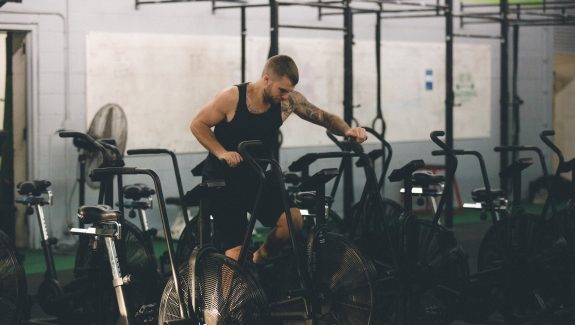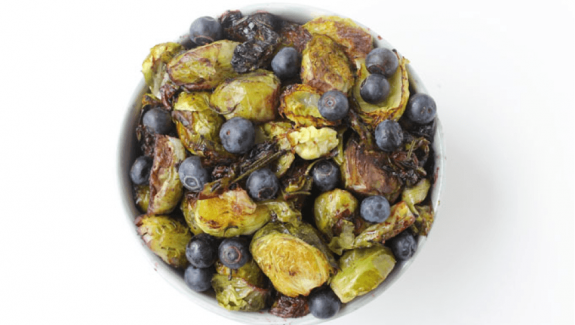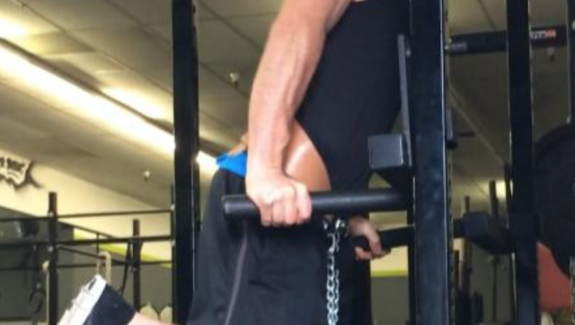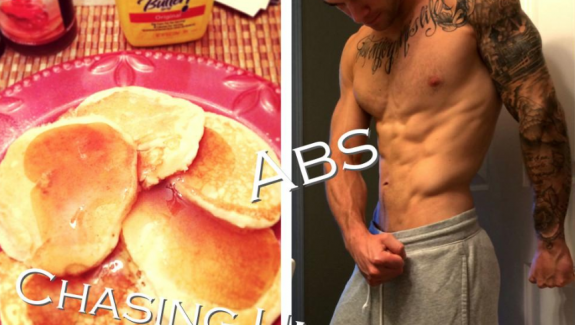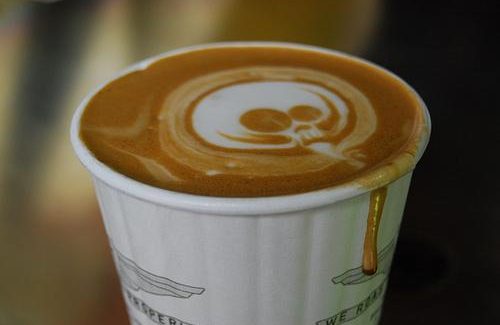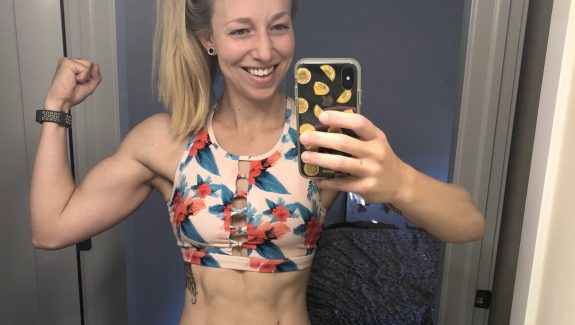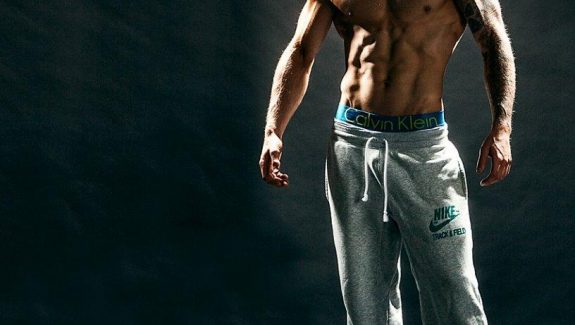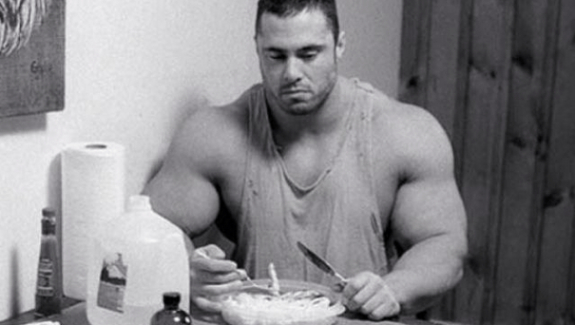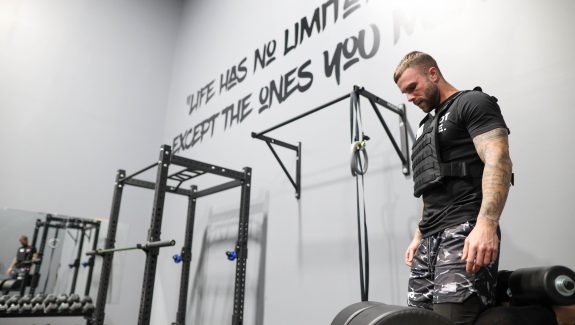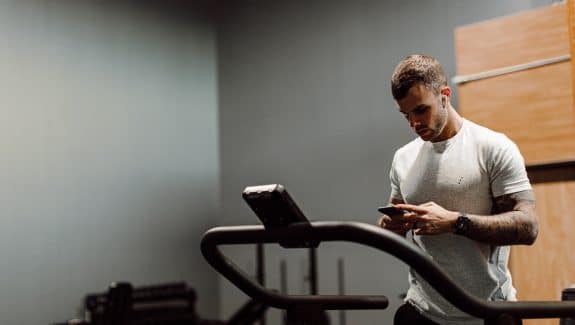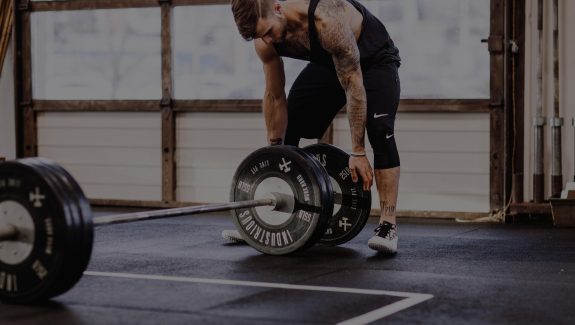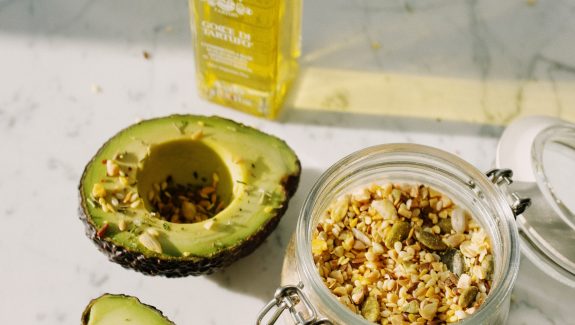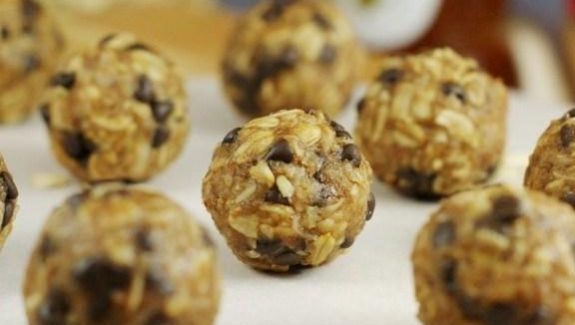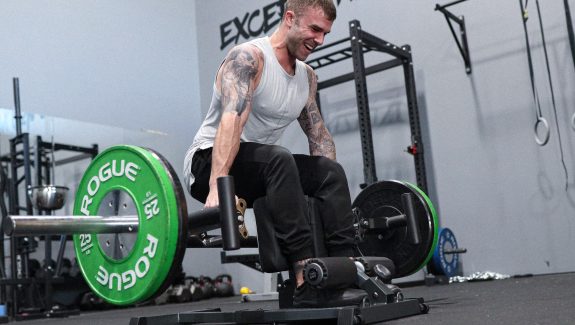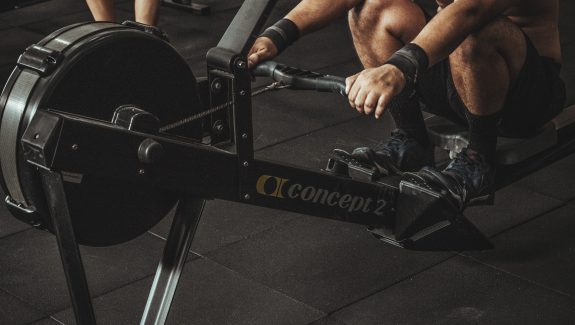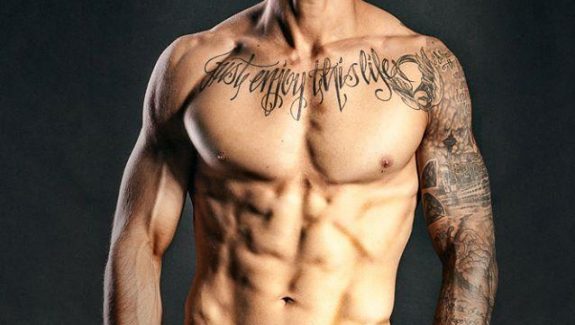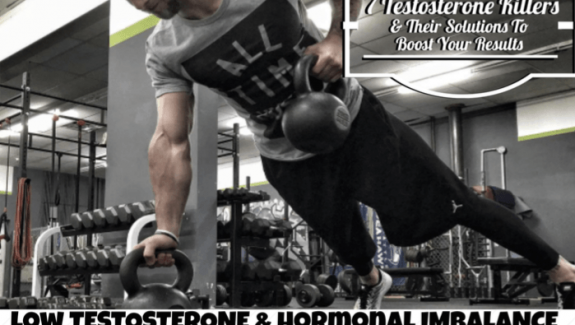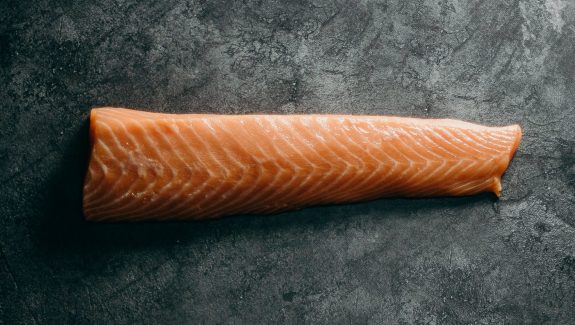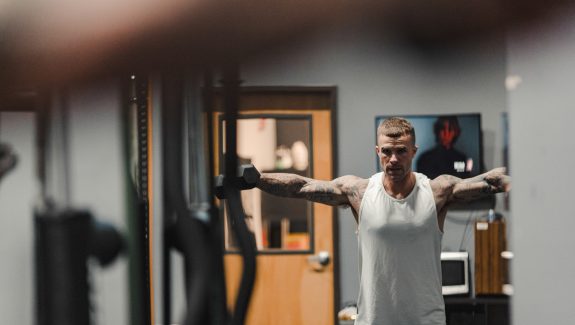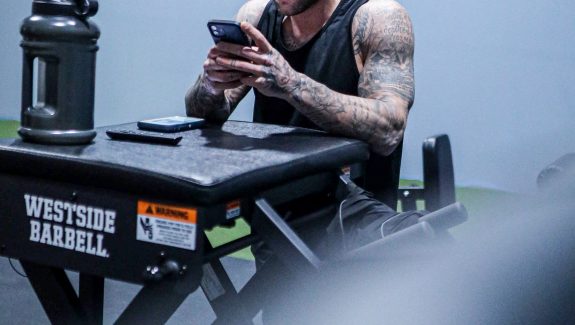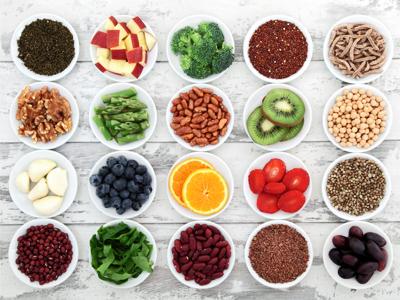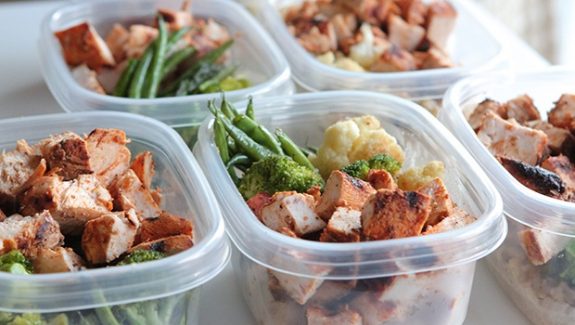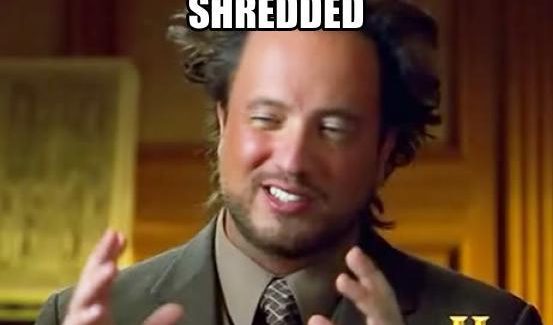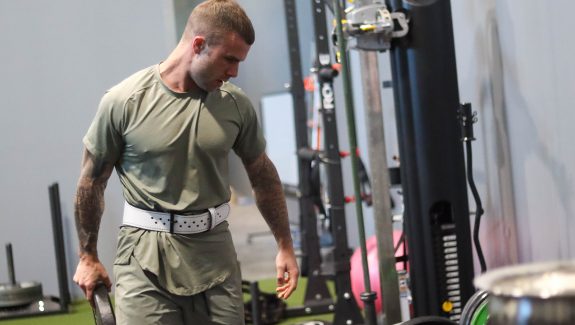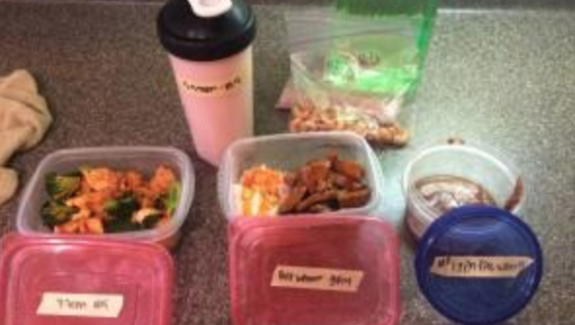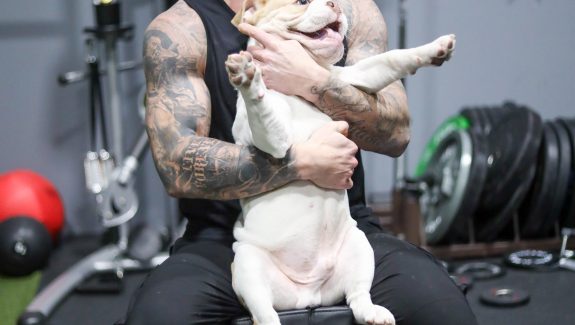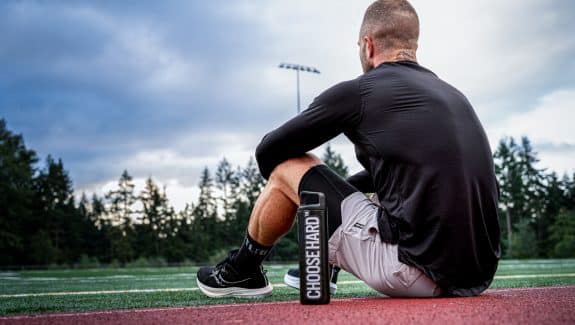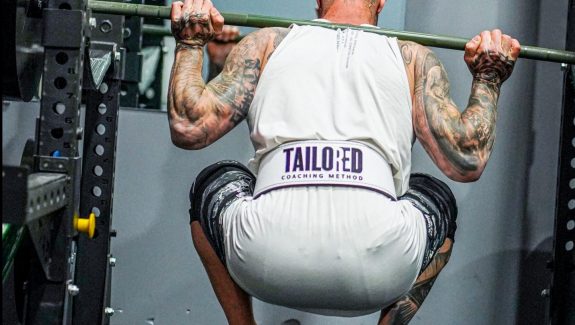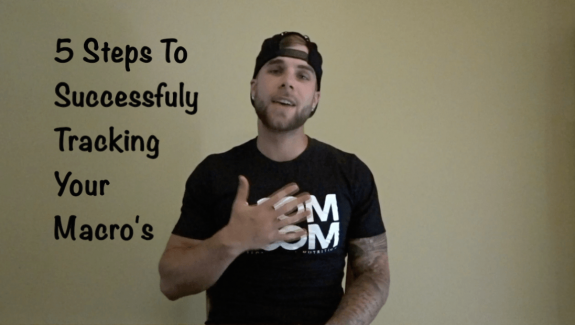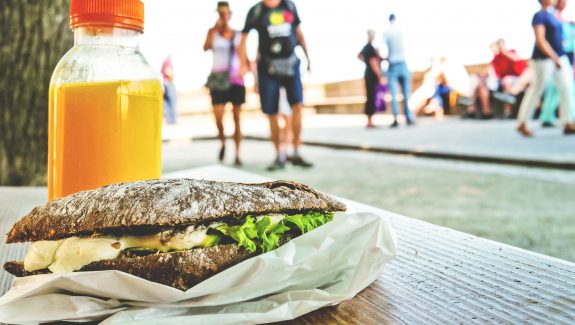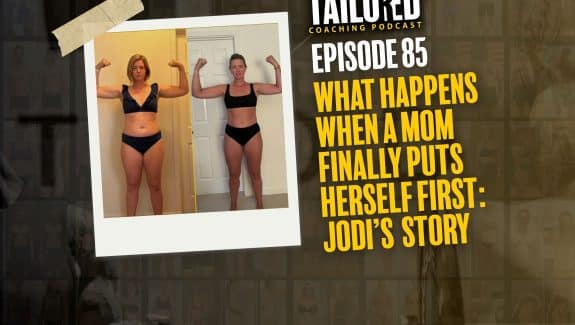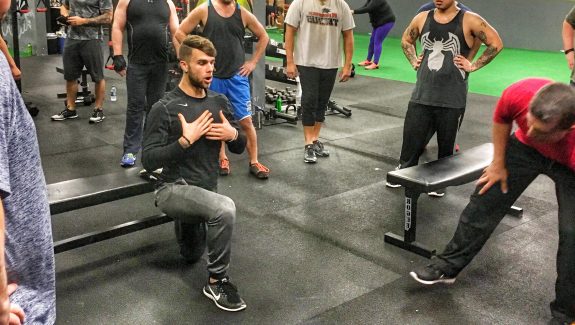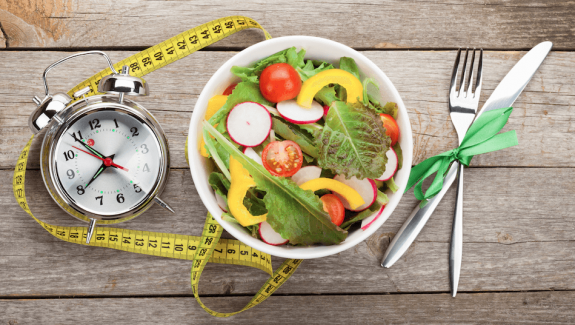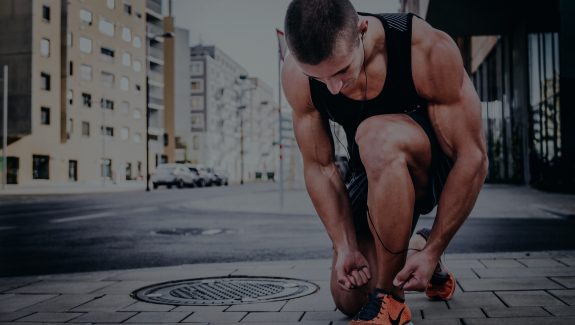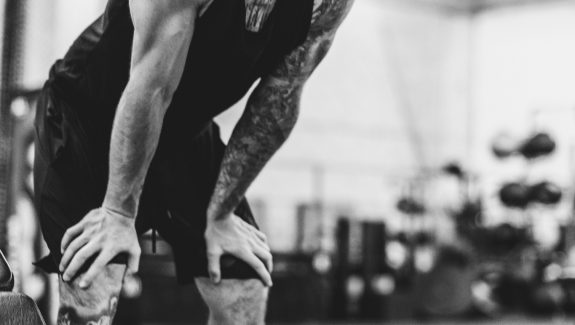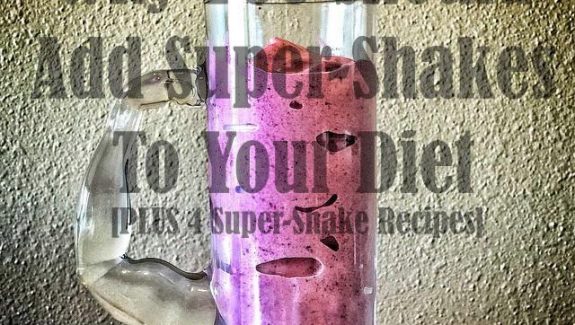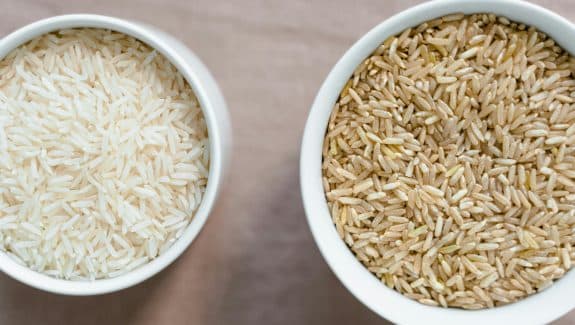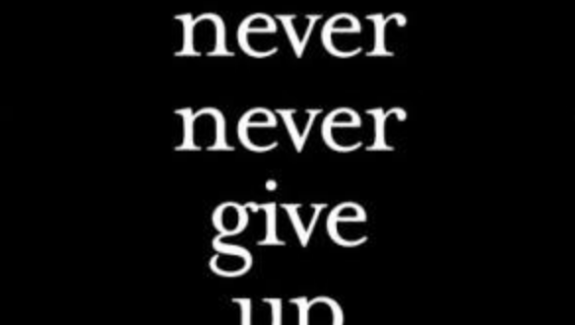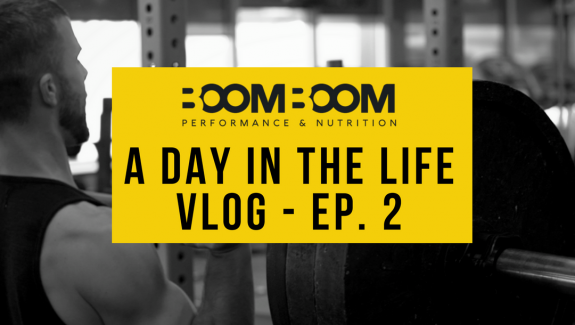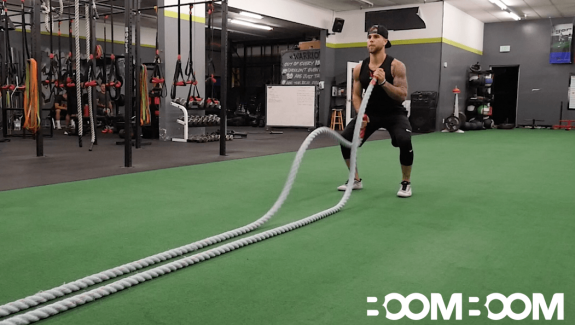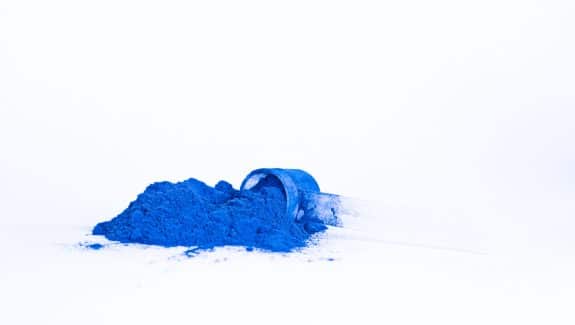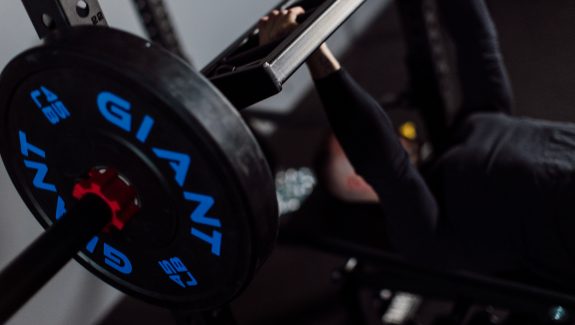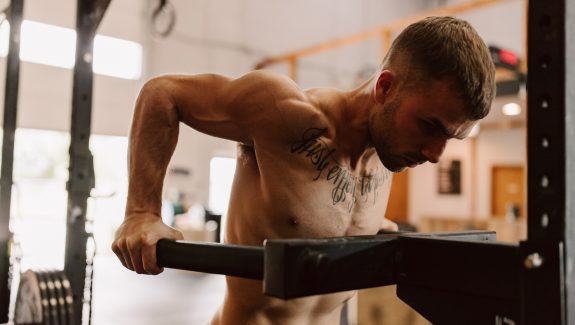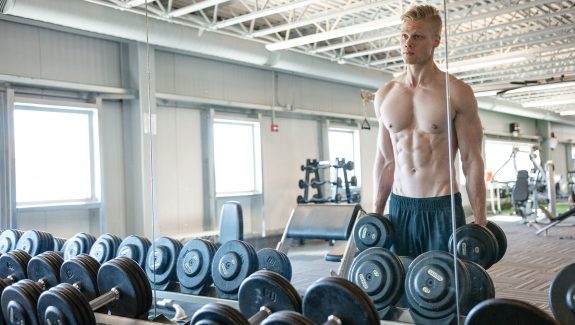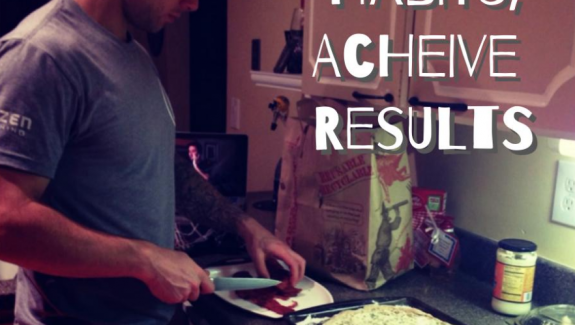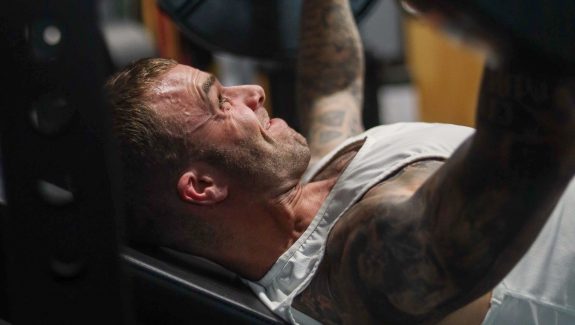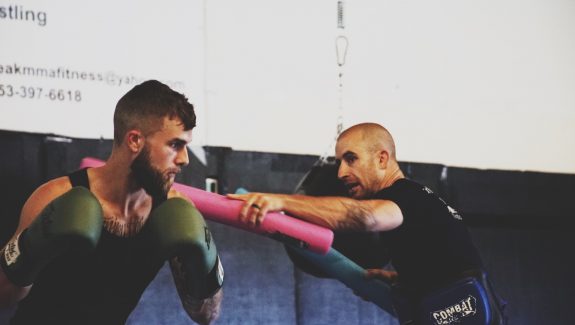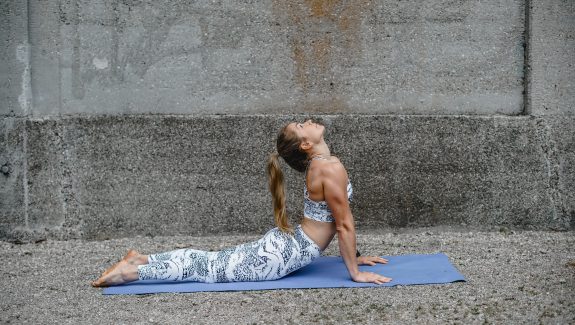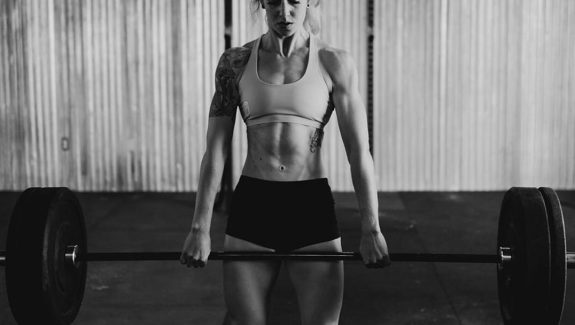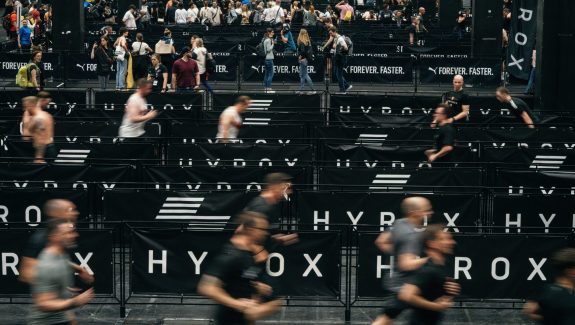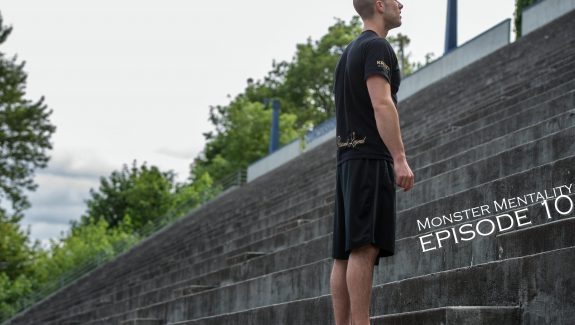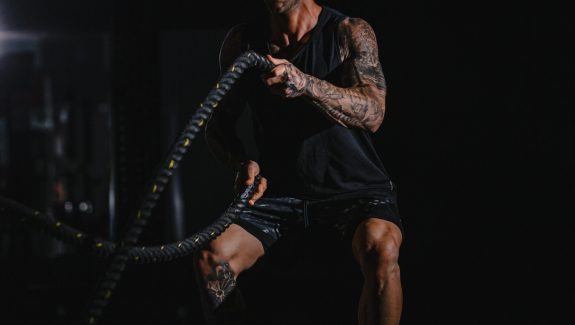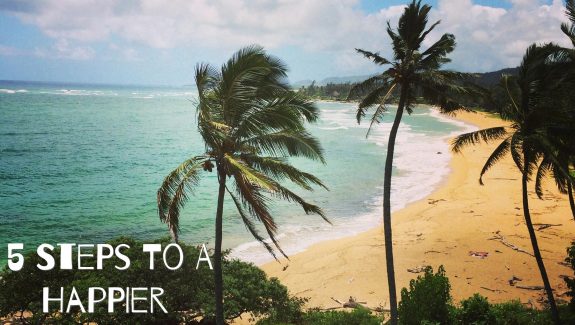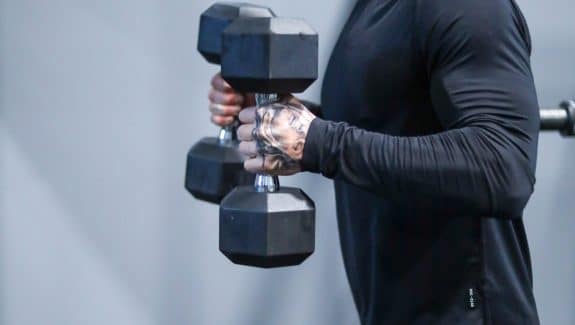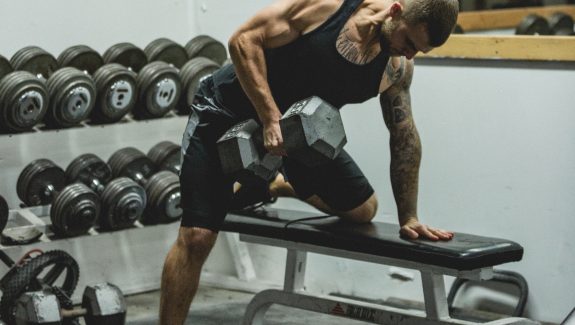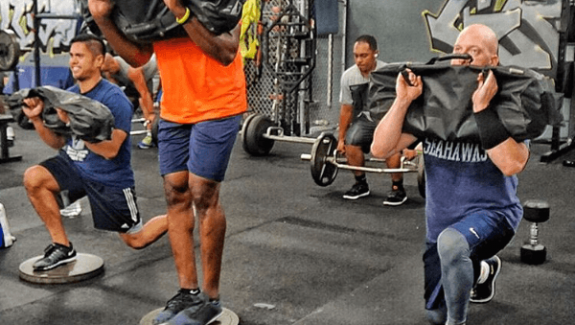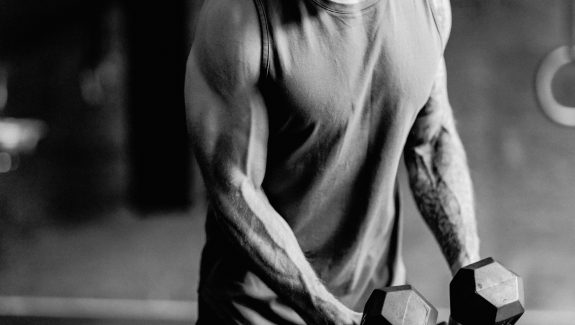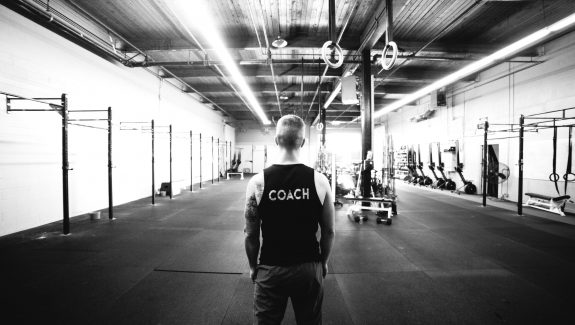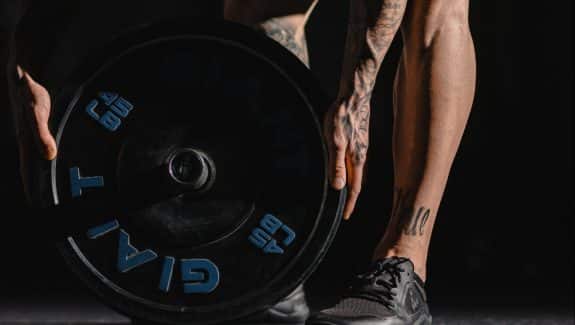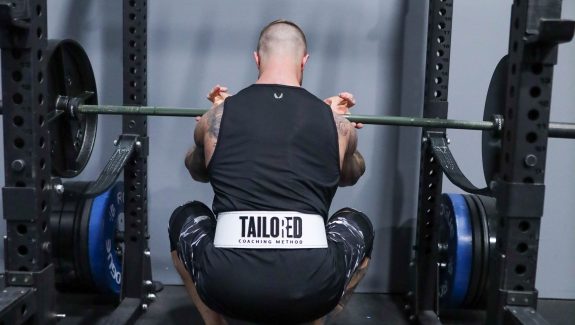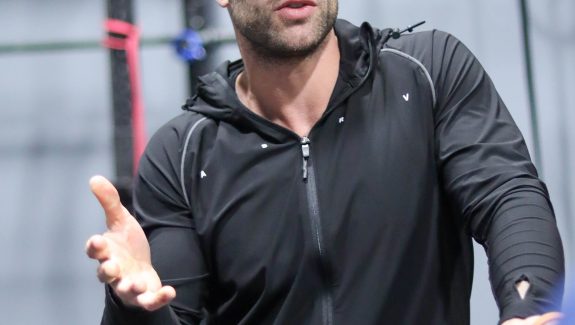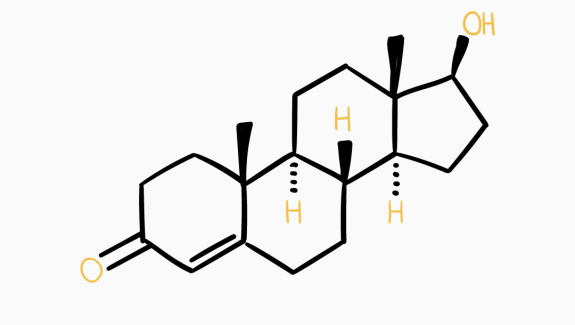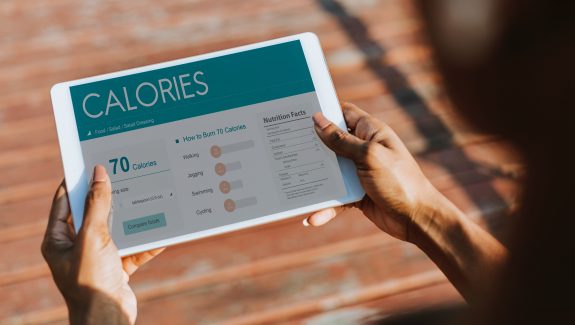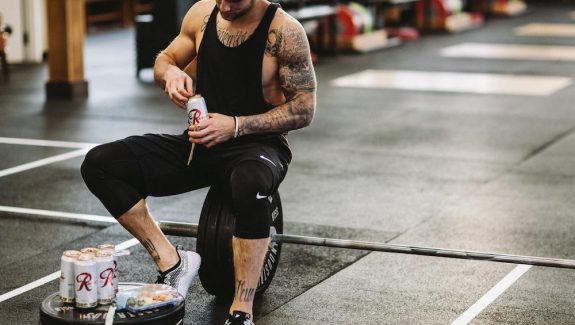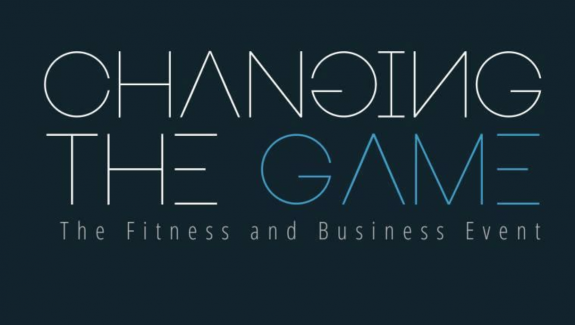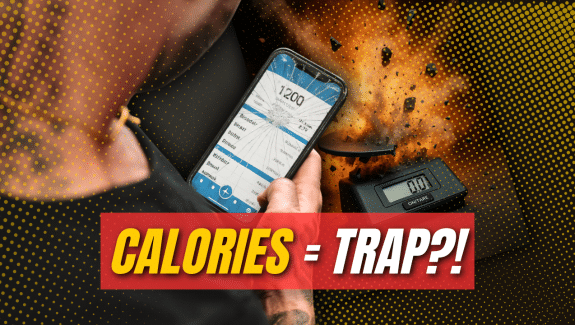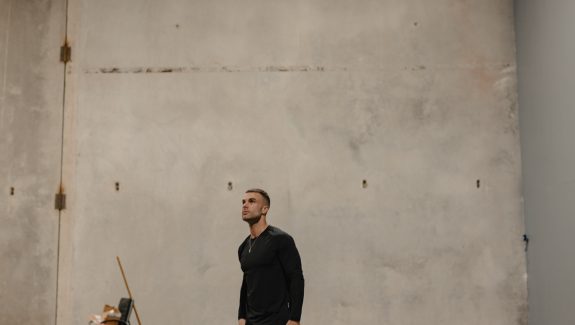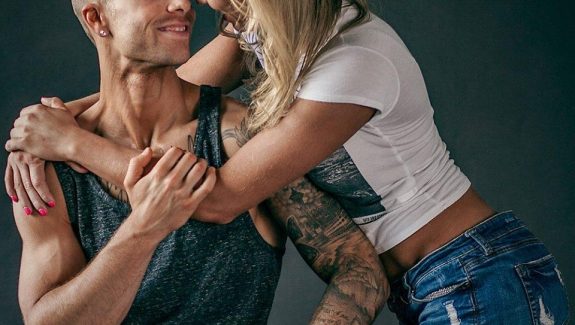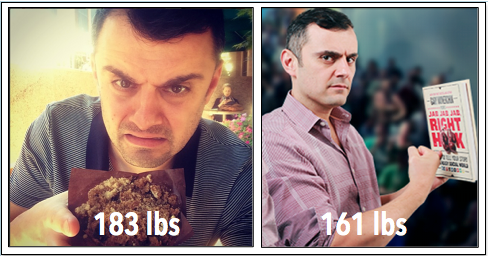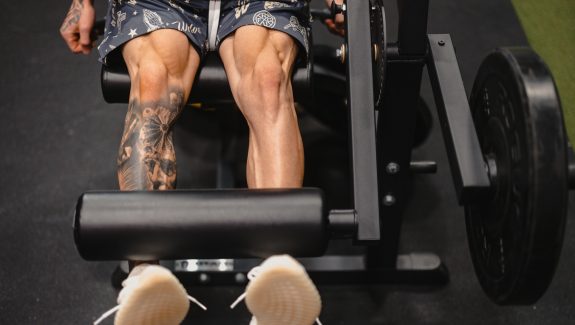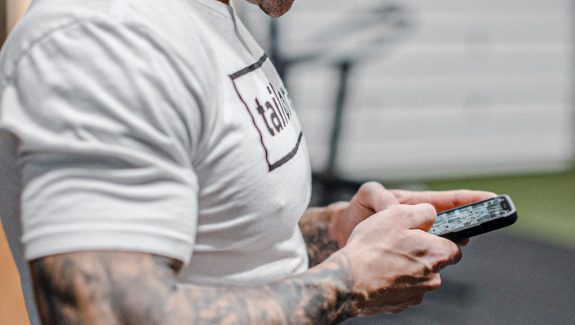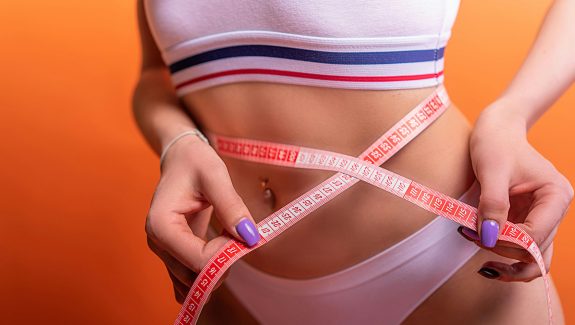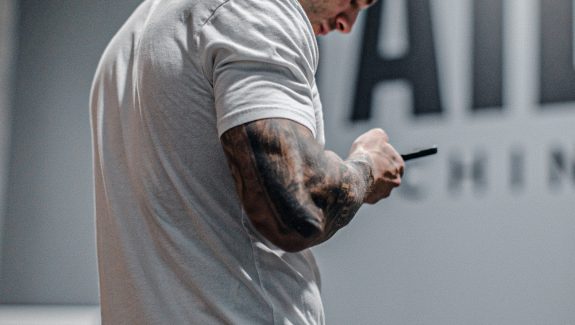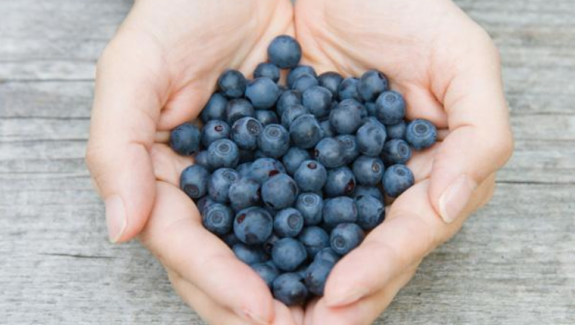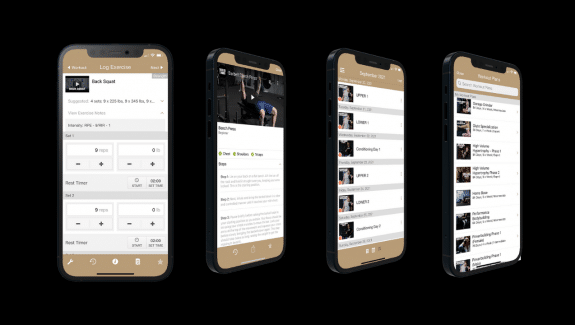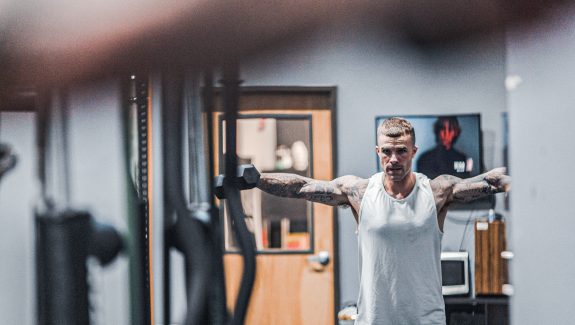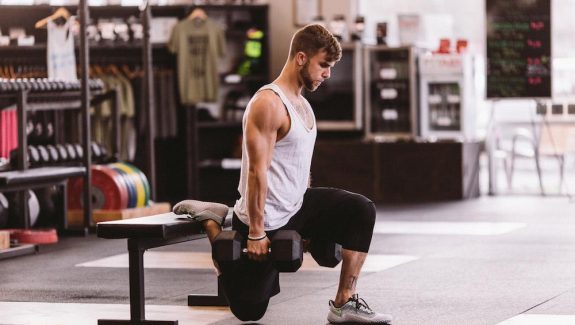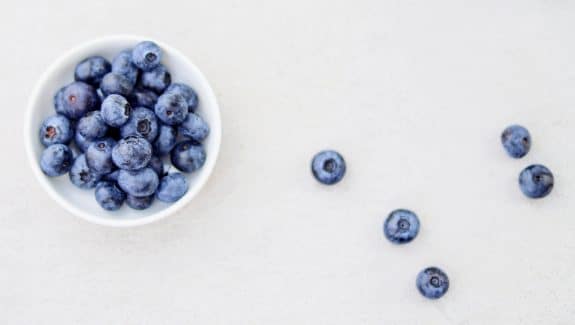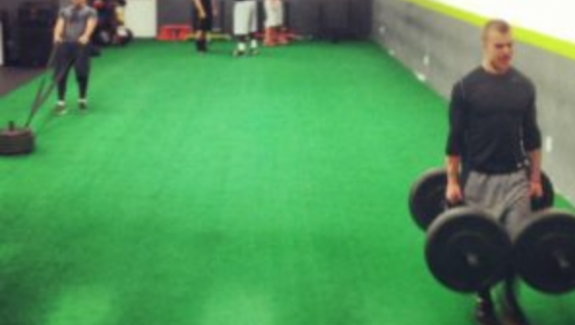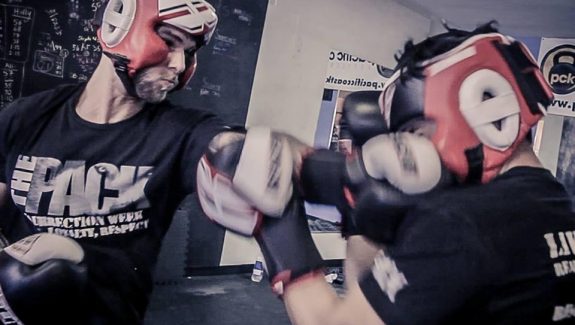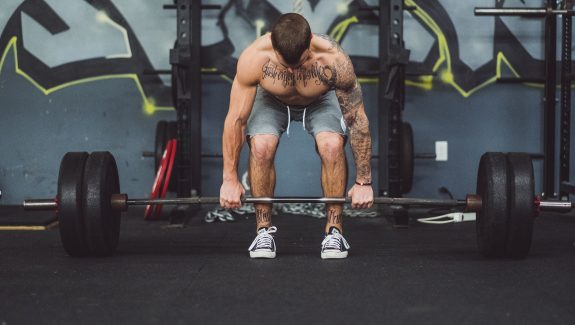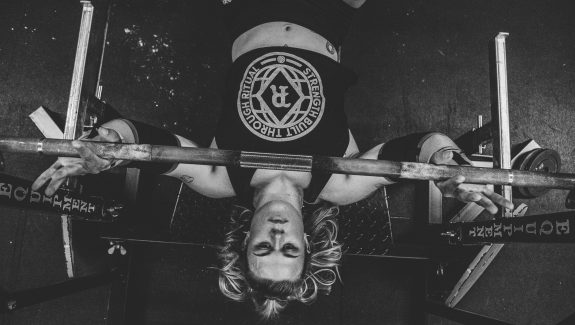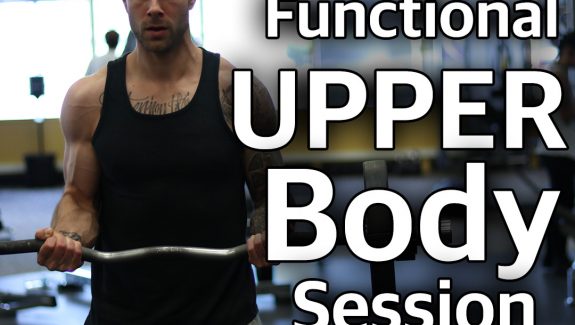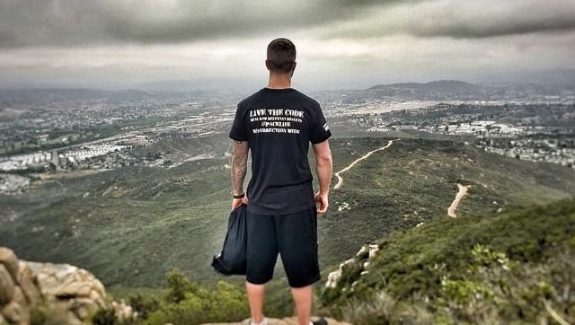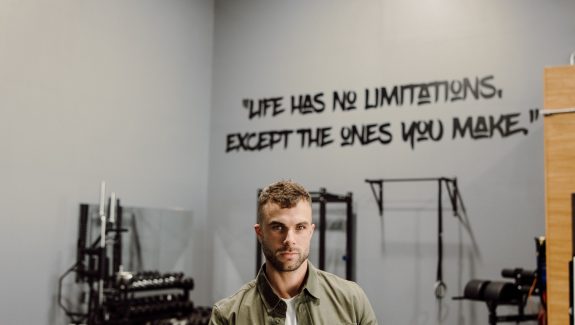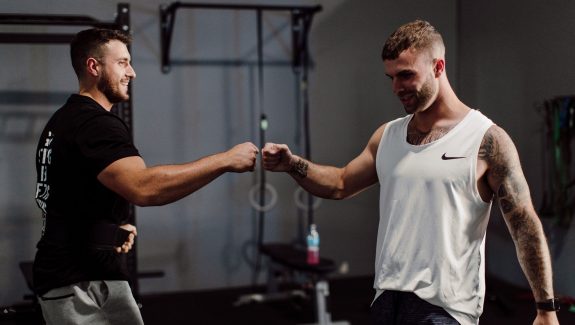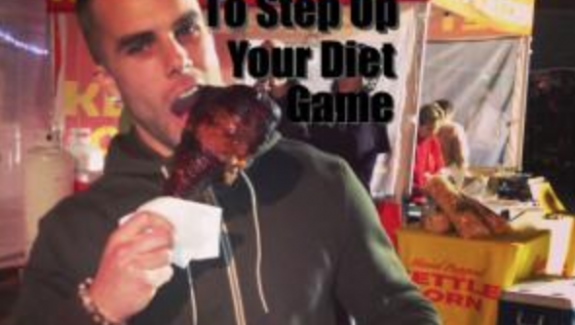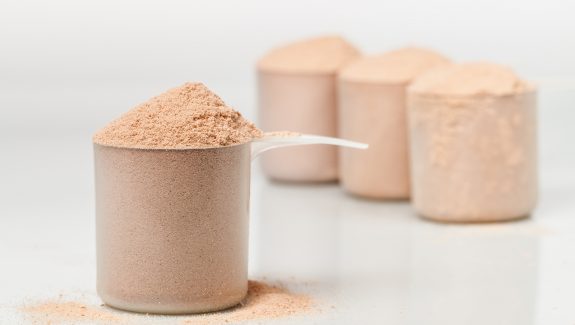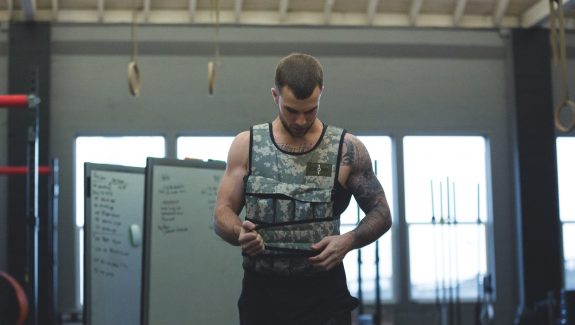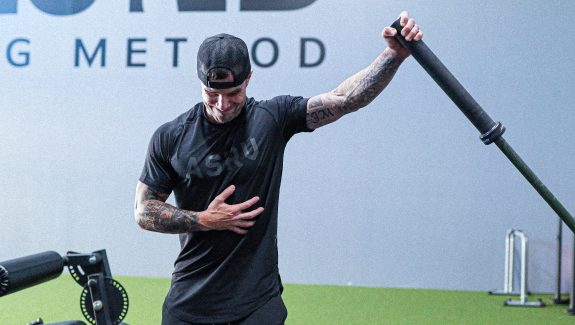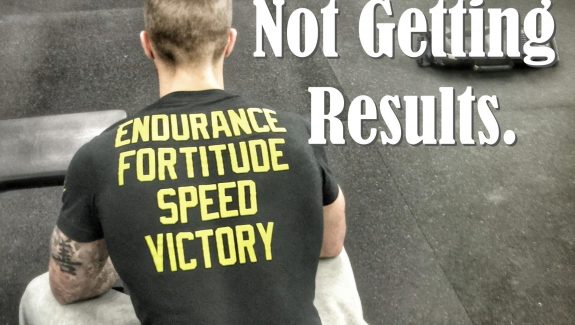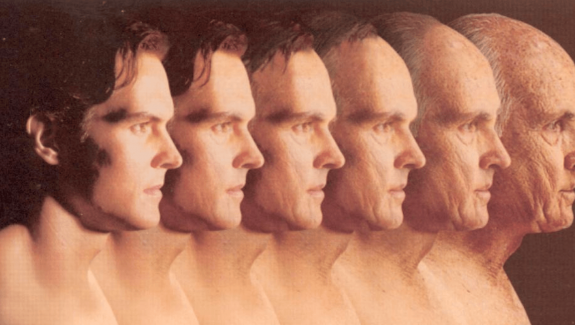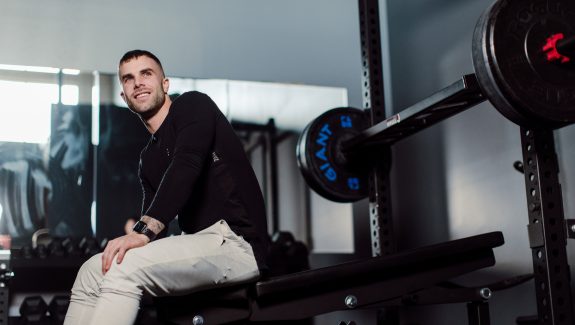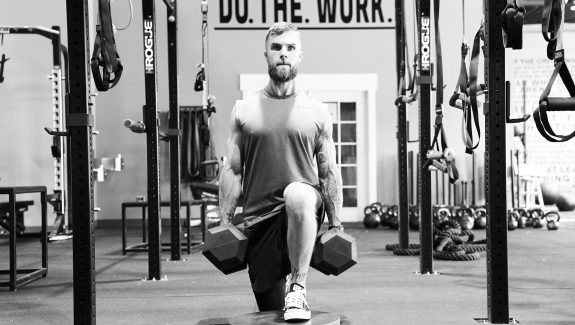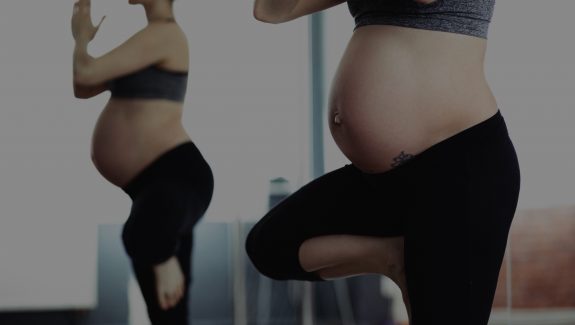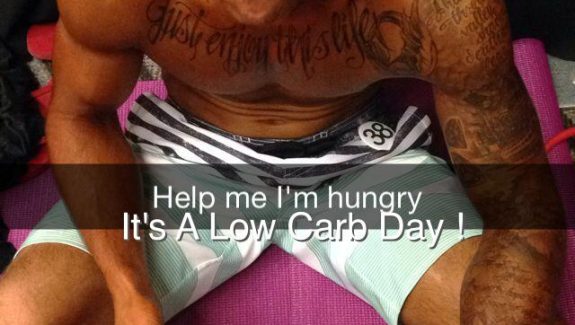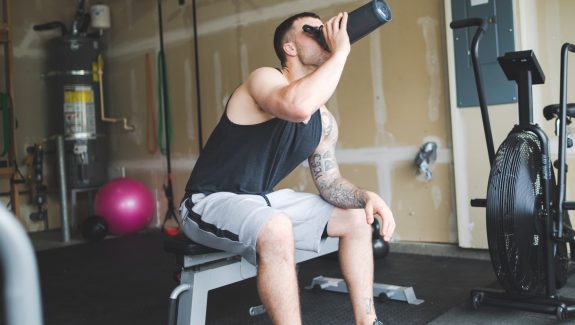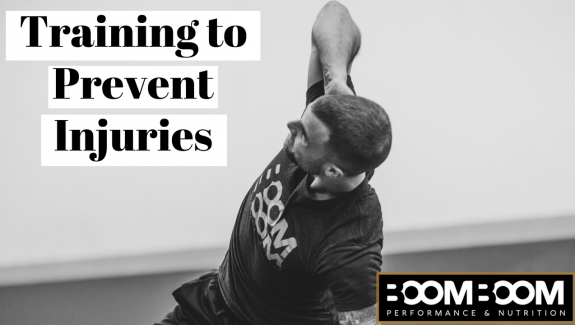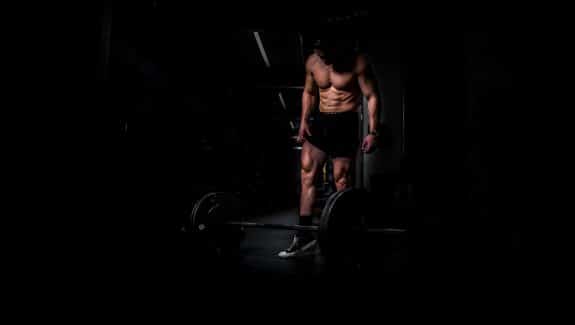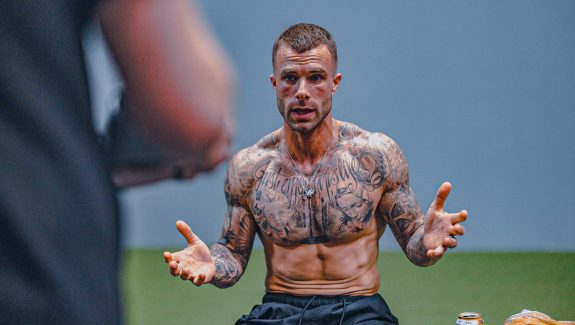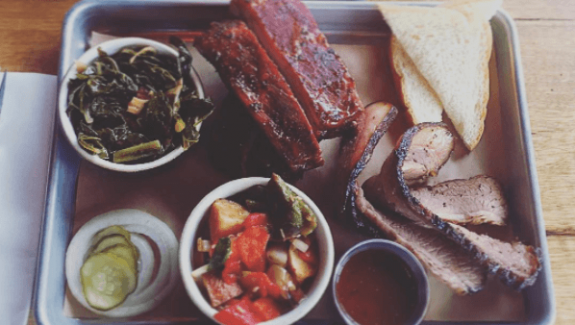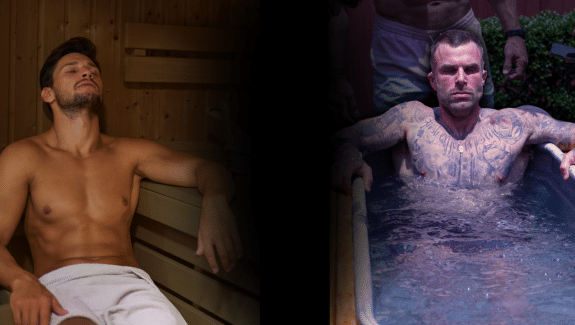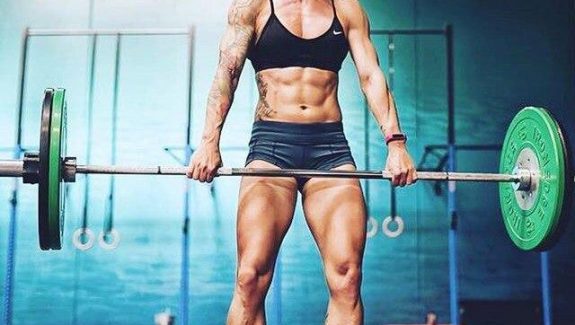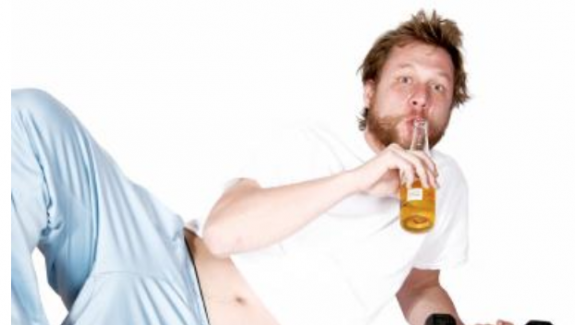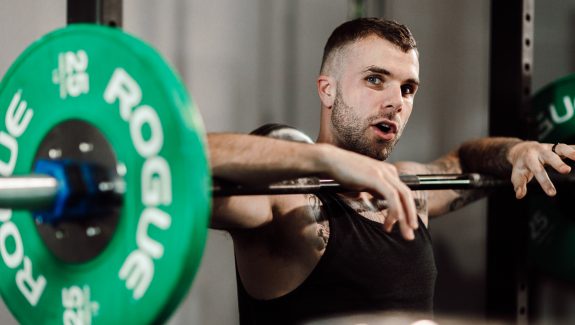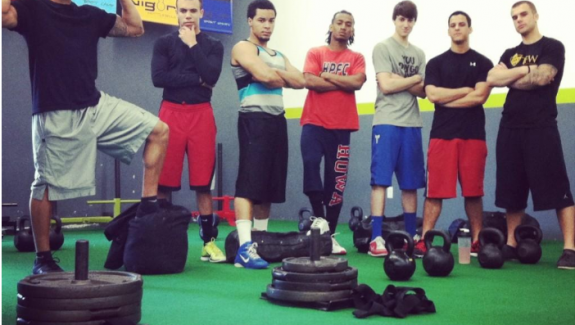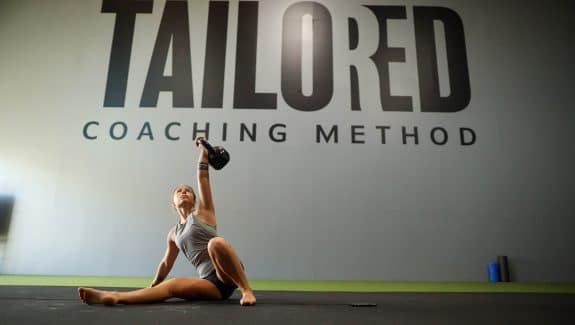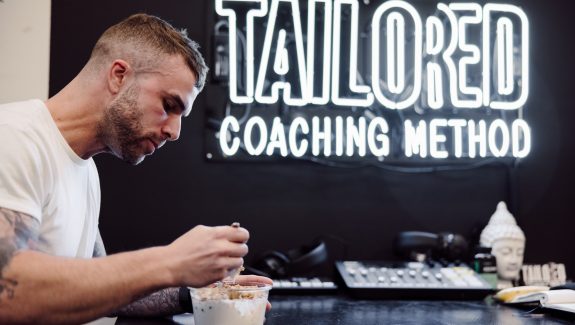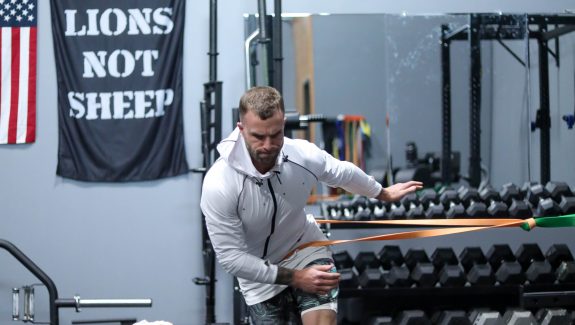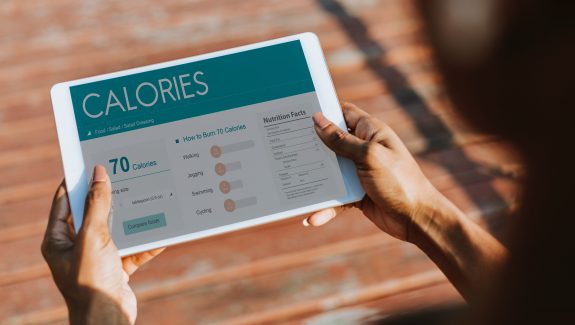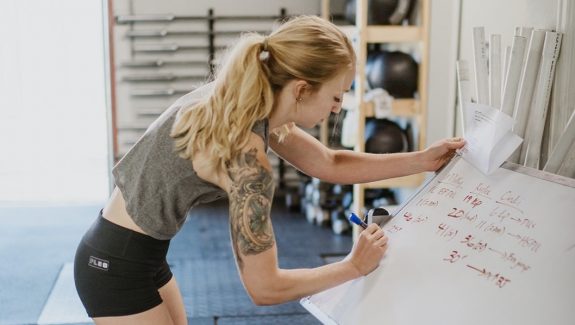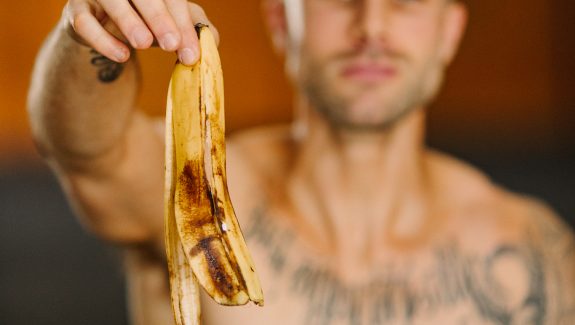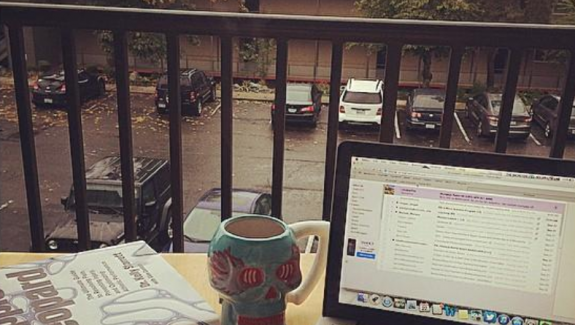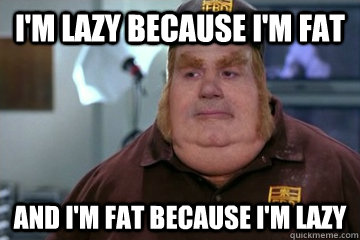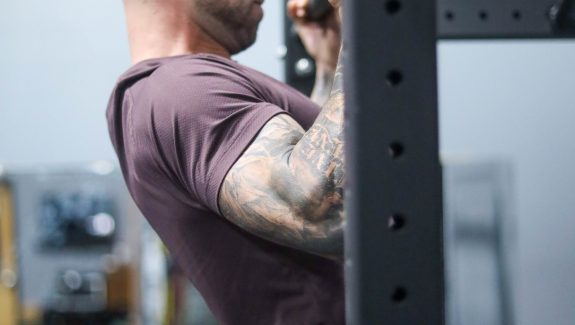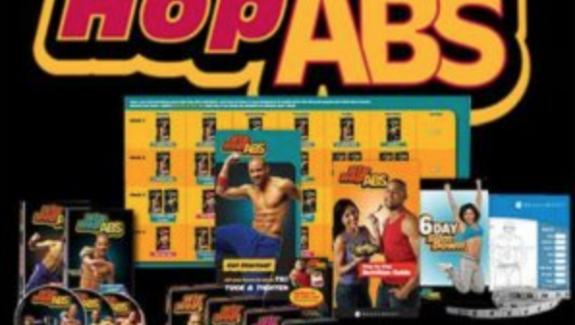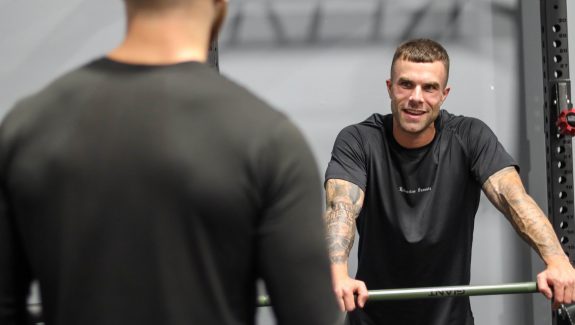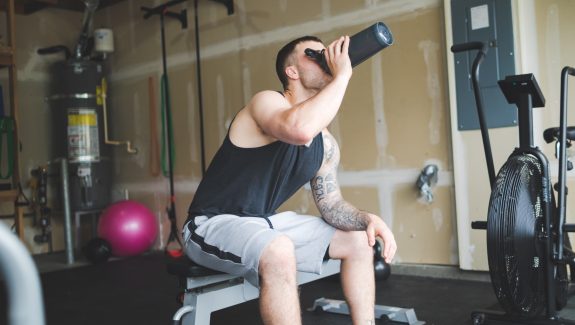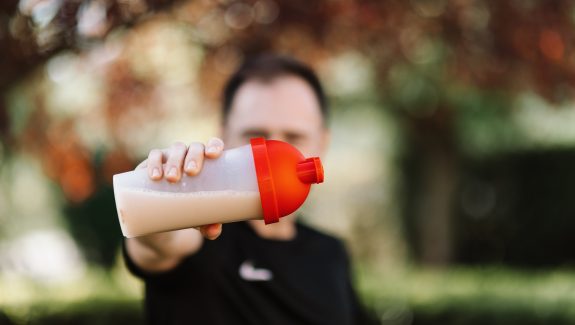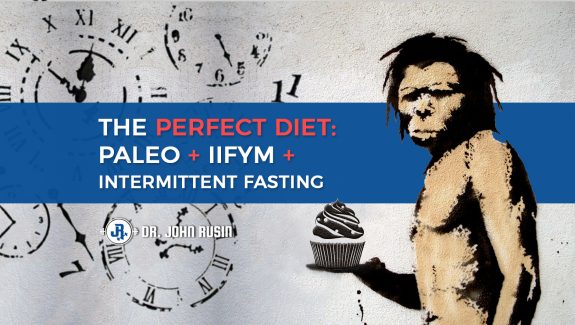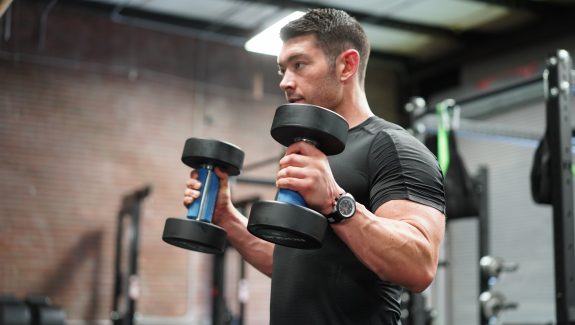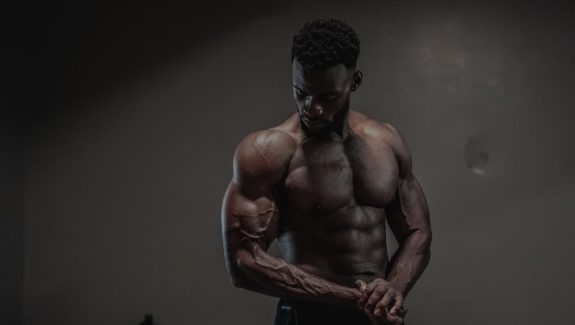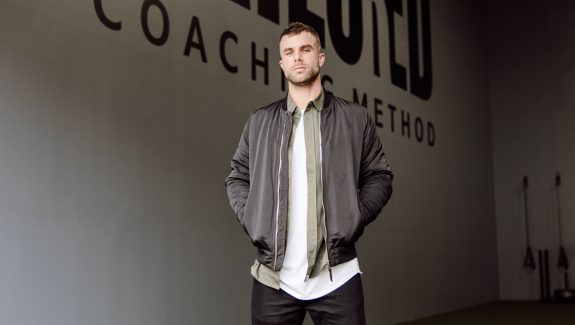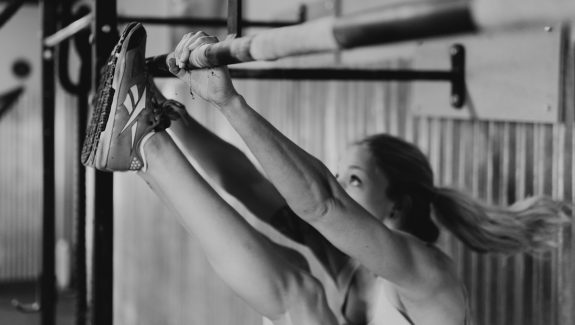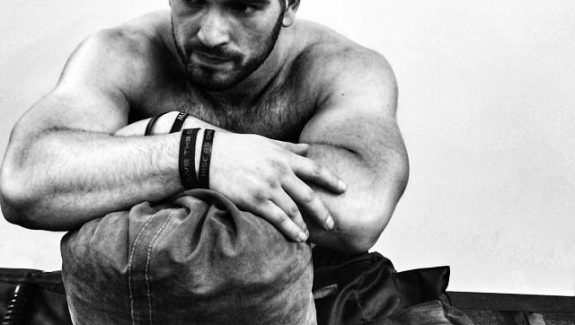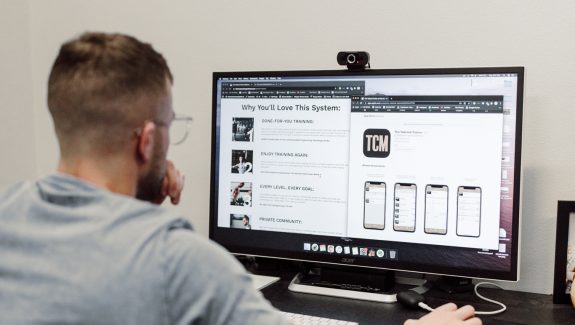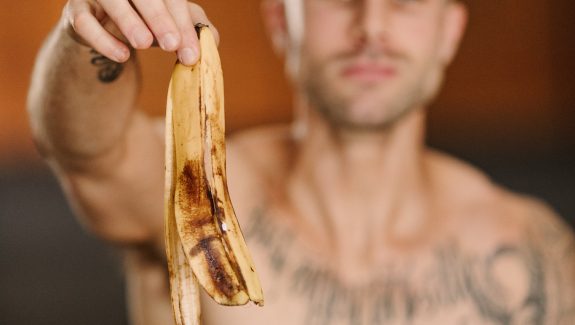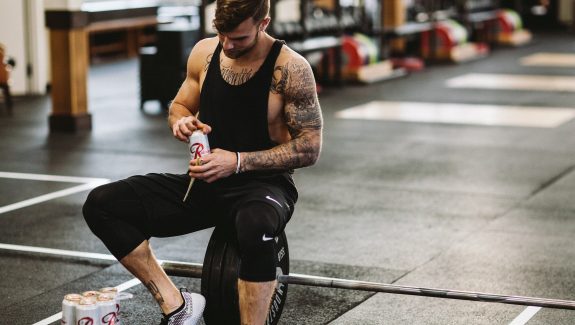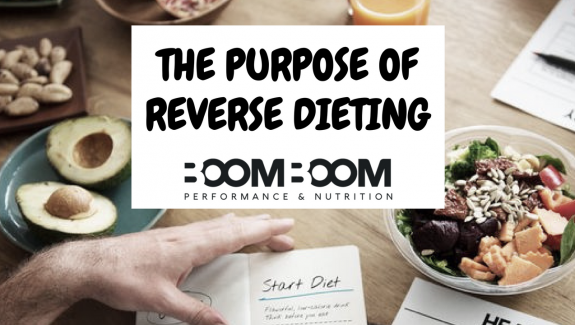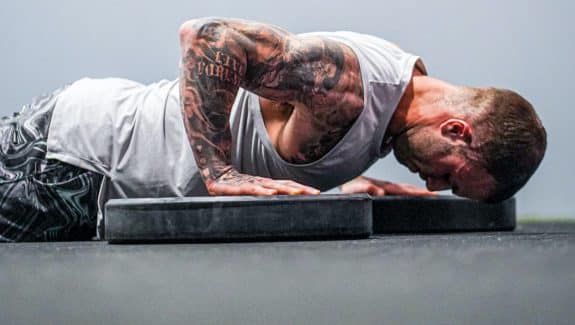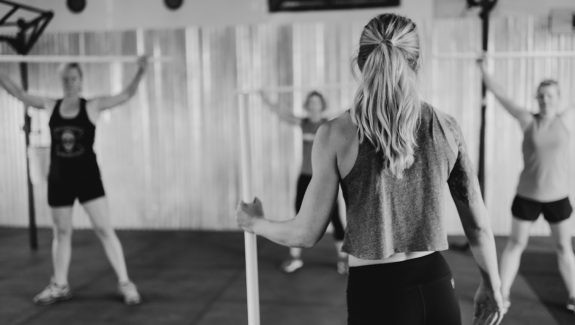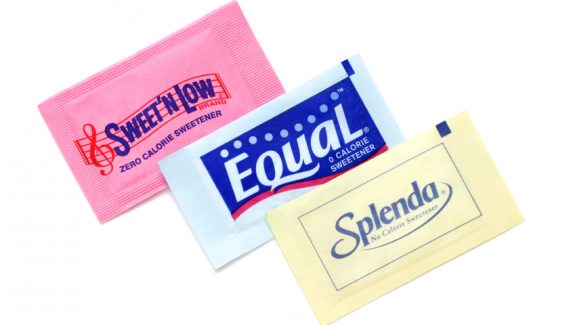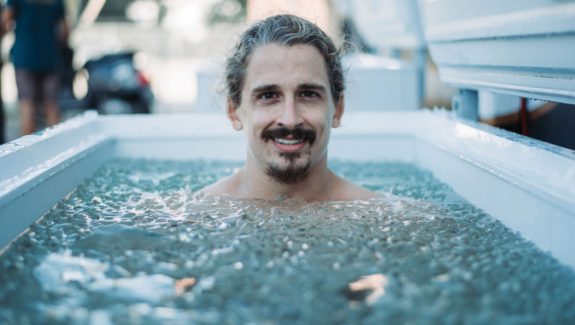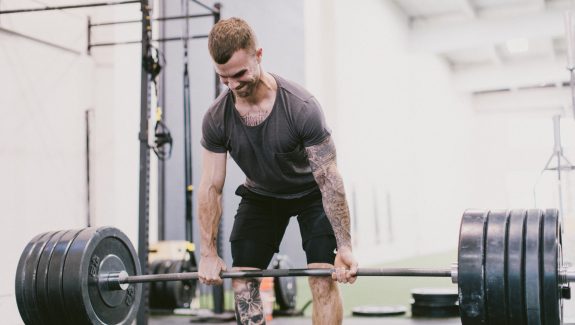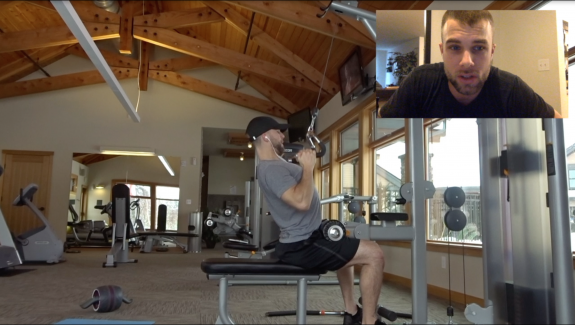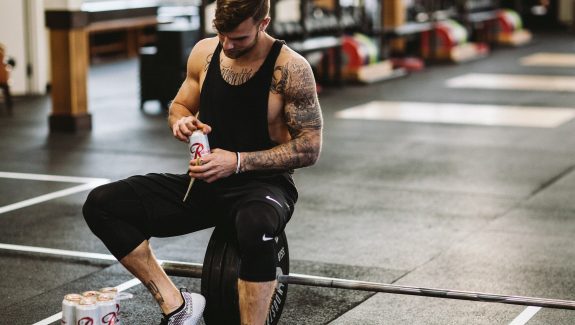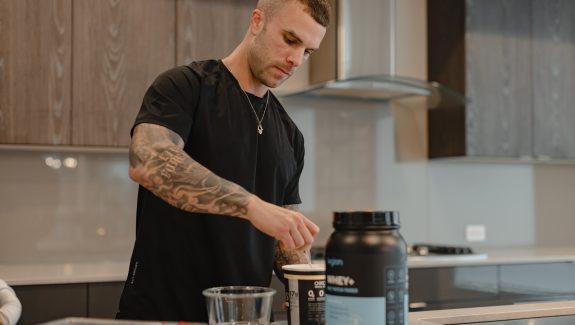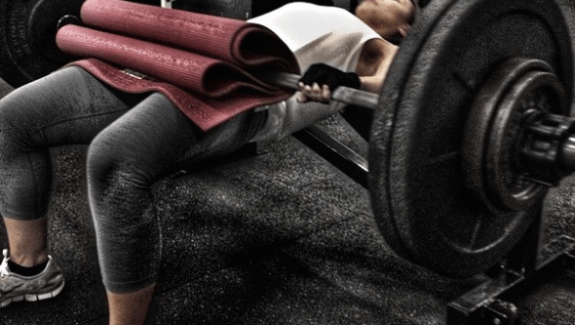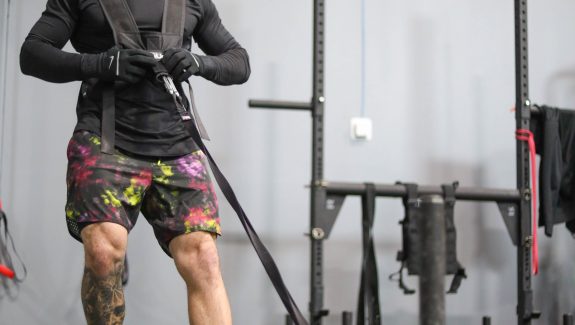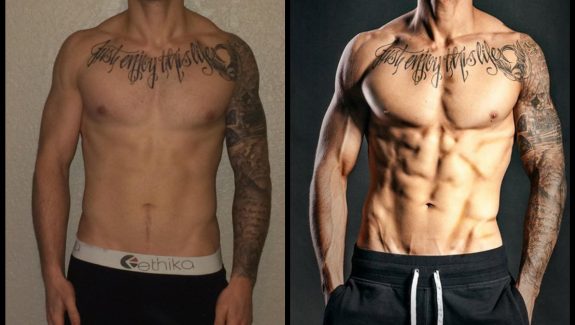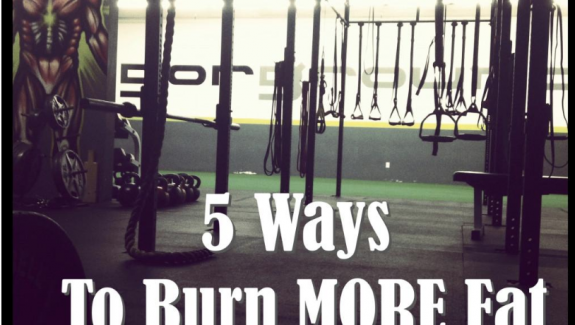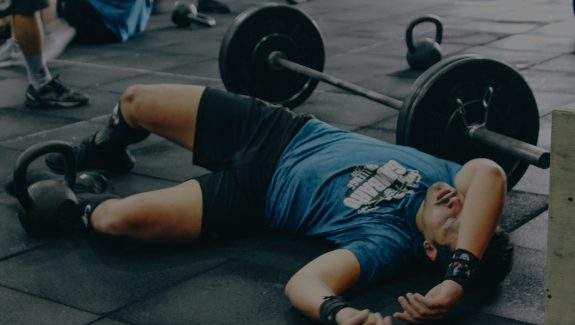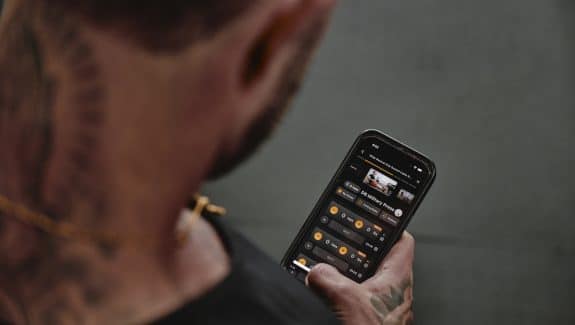Why an Upper/Lower Training Split Program Works So Well
An upper/lower training split program is one of the most effective and versatile ways to train — whether you’re:
- A beginner trying to build a foundation
- An intermediate lifter who wants to gain strength and size
- An advanced trainee looking for a simple, sustainable structure
Why it’s so popular (and why I use it so much in Tailored Coaching Method):
- ✅ You hit each major muscle group twice per week
- ✅ It’s easy to progress and track
- ✅ It works for busy schedules
- ✅ You can customize it to almost any goal (strength, hypertrophy, performance, fat loss)
In this article, I’ll walk you through the 7 steps I use to build an upper/lower training split for clients — the same logic I’d use for everyone from “average gym goers” to WWE athletes and high-level physique competitors.
🎥 Watch the Full Video Breakdown
If you’d rather watch than read, here’s the full walkthrough:
Then come back to this article for notes, structure, and example templates you can use or tweak for yourself or your clients.
How To Build An Upper/Lower Training Split Program
Step 1: Schedule Your Training Days
First, don’t worry about exercises. Forget about sets and reps, too. First priority is your actual schedule and routine, because that gives us the canvas to start painting on.
So, you need to decide: What days are you going to train?
For a classic 4-day upper/lower training split program, a great layout is:
| Monday | Upper |
| Tuesday | Lower |
| Thursday | Upper |
| Saturday | Lower |
This spacing:
- Gives you recovery between sessions
- Works well for most work/life schedules
- Allows consistent performance on your big lifts
Could you technically lift four days in a row and take three days off?
Sure, you can. There’s even some research suggests total weekly volume is the main driver of adaptation and as long as you get all your sessions in each week, the way you spread them out doesn’t matter much. However the research is based on short term timelines, 8-12 weeks, and when we span your training program out over the course of months or even a full year — which is what we’re considering when working with our clients — how you spread your sessions out does matter, a lot.
Because in the real world, over months and years, you’ll generally:
- Lift better
- Feel better
- Progress faster
👉 Action Step:
Grab your calendar and plug in 4 strength days for the week. Cardio, steps, and conditioning can be layered around this, not instead of it.
Step 2: Add an Activation Circuit After Your Warm-Up
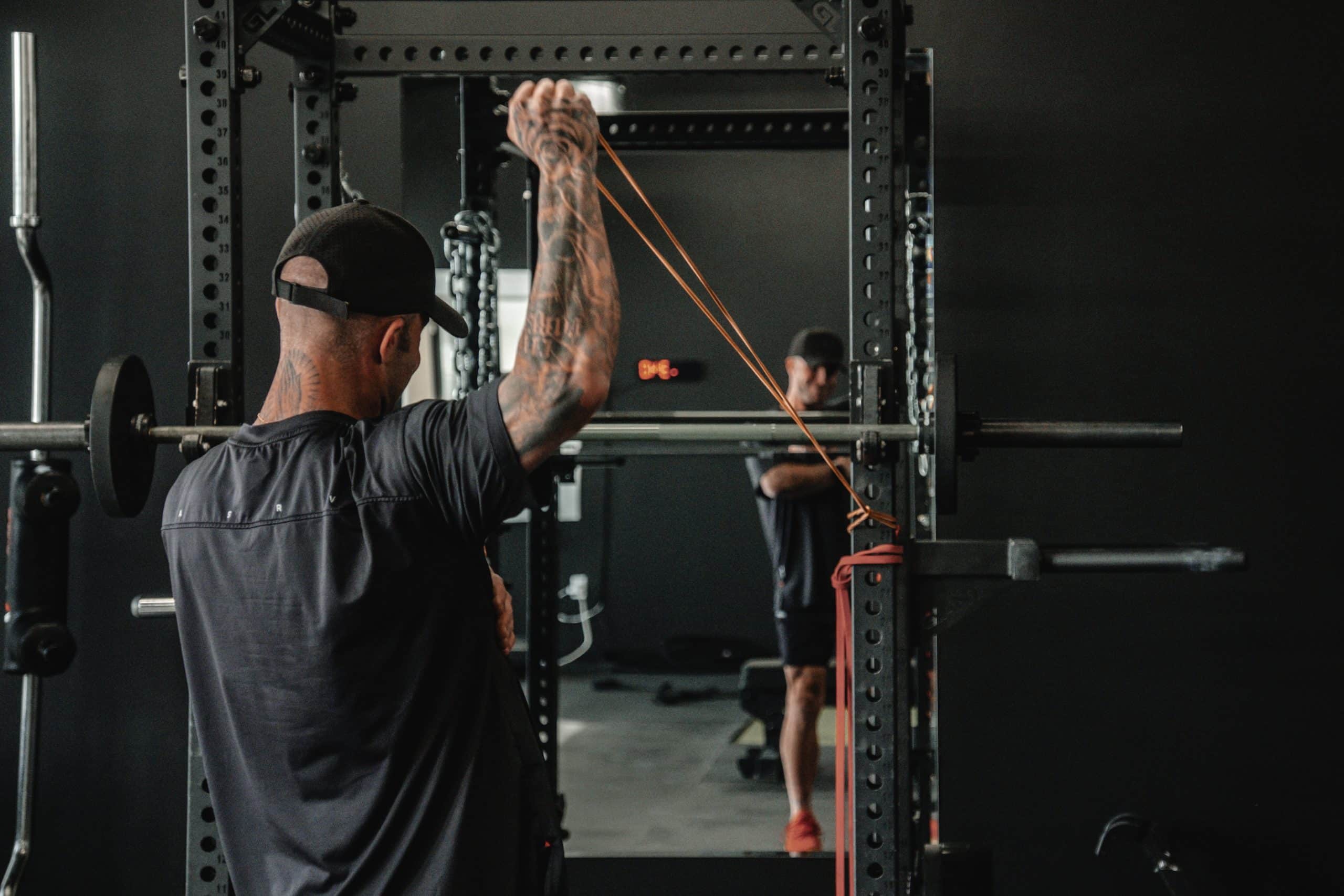
You should always have some kind of general warm-up (mobility, dynamic movement, maybe tissue work), but after that, I like to use a short activation circuit.
Think of this as an extended warm-up with purpose.
The goal:
- Turn on the muscles that support the joints you’ll use
- Get blood flowing
- Improve mind-muscle connection
- Prepare your body for heavy work
Example Upper Body Activation Circuit
| Banded external rotations (face pulls) and KB bottoms up walks (shoulders / rotator cuff) |
| Scapular pull-ups and band pull-aparts (upper back, traps, rear delts) |
| Light pulldowns or band pullovers (lats) |
| Push-ups or band press-outs (chest, triceps) |
Example Lower Body Activation Circuit
| Glute bridges or hip thrusts (glutes) |
| Hamstring curls with a bench or slider (hamstrings) |
| Side planks or dead bugs (core / anti-rotation) |
| Bodyweight squats or split squats (quads and hips) |
These are done light to moderate, 2–3 rounds, focusing on control and activation — not fatigue.
Step 3: Choose Your Main Compound Lift of the Day
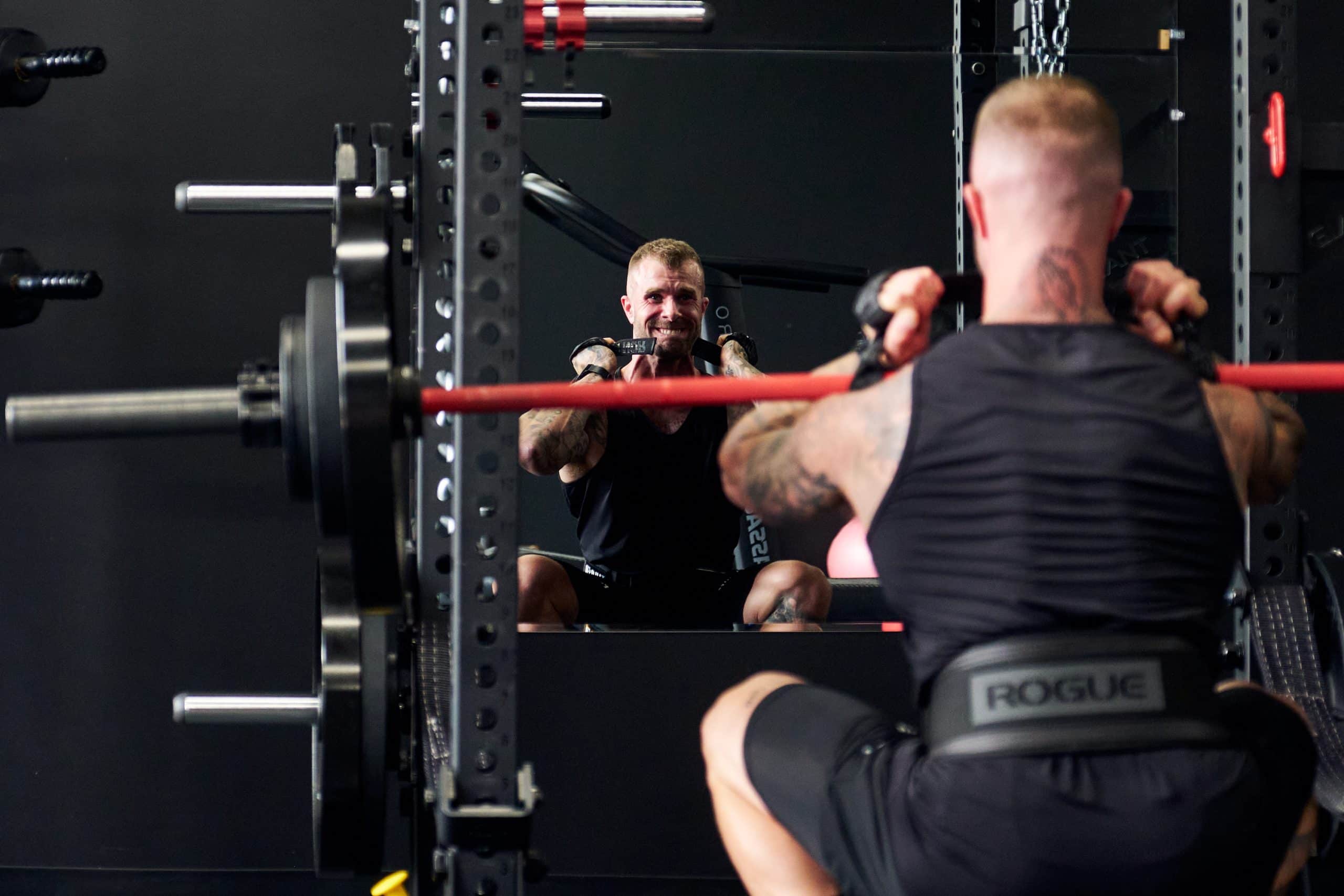
Now we get to the meat of your upper/lower training split program:
Each day gets one primary compound lift in a lower rep range (e.g., 4–6 reps).
We also want variation between the two upper and two lower sessions so we’re not just repeating the exact same lift twice.
Example Structure:
Upper Day 1 – Horizontal Focus |
|
| Main Lift: | Barbell Bench Press (4–6 reps) |
| Optional: | Superset with a horizontal row (e.g., barbell row or chest-supported row) |
Lower Day 1 – Squat Pattern |
|
| Main Lift: | Back Squat, Front Squat, or Leg Press (4–6 reps) |
Upper Day 2 – Vertical Focus |
|
| Main Lift: | Overhead Press (4–6 reps) |
| Optional: | Superset with a vertical pull (e.g., weighted chin-up or lat pulldown) |
Lower Day 2 – Hinge Pattern |
|
| Main Lift: | Deadlift variation (conventional, sumo, trap bar, RDL, etc.) |
Why This Works
- You hit all primary movement patterns each week
- You keep your joints fresher by not hammering the same pattern heavy twice
- You can still build serious strength and muscle without training like a powerlifter
💡 Coaching Insights:
- I rarely go below 4–5 reps with general pop clients. We’re here to look good, feel good, and stay healthy — not wreck joints chasing 1RMs.
- For upper body, pairing a push and pull in a strength-based superset works well and saves time.
- For lower body, don’t superset heavy compounds — you’ll just tank performance.
Step 4: Add a Pre-Lift “Primer” for Power

This step actually happens before your compound lift in the session, but we design it after picking the compound so we can match the pattern.
A primer is a light, explosive movement that:
- Fires up your nervous system
- Recruits fast-twitch fibers
- Gets you mentally and physically “lit up” for heavy lifting
Examples:
| Before Bench Press (Upper – Horizontal): | Explosive Push-ups, Banded Plyo Push-ups, Med-ball Chest Throw |
| Before Squats (Lower – Squat Day): | Box Jumps, Vertical Jumps, Seated Jumps |
| Before Overhead Press (Upper – Vertical): | Jam-ball Overhead Slam, Wall Ball Throws, DB or KB Snatches |
| Before Deadlifts (Lower – Hinge Day): | Broad Jumps, Med-ball Scoop Tosses, Banded KB Swing |
💡 Coaching Insights:
- Go light and explosive, not heavy and grinding.
- If the primer tires you out, it’s too heavy or too high volume.
Step 5: Add Accessories to Support the Opposite Day’s Main Lift

This is one of the smartest and most underrated parts of the system.
Instead of hammering the same pattern right after your compound, you:
👉 Use your first accessory exercise (or superset) to support the other upper/lower day’s main lift.
Example Upper Body Training Session
Upper Day 1 – Main Lift: Bench Press (horizontal)
- First accessory: Overhead press variation (vertical)
- e.g., single-arm dumbbell press, landmine press, seated dumbbell press
Upper Day 2 – Main Lift: Overhead Press (vertical)
- First accessory: Horizontal press/row
- e.g., incline DB bench, machine chest press, chest-supported row
Example Lower Body Training Session
Lower Day 1 – Main Lift: Squat pattern
- First accessory: Hinge
- e.g., RDL, good morning, hip hinge pattern
Lower Day 2 – Main Lift: Hinge pattern
- First accessory: Squat/lunge
- e.g., split squat, leg press, hack squat
Why This Is So Effective
- You increase frequency without overly fatiguing one pattern in a single day
- You train movement quality with less fatigue
- You reduce overuse risk
- You support the next session’s main lift with “builder” exercises
Instead of brutalizing yourself with more heavy squats after squats, you attack the complementary pattern and keep progressing over weeks and months.
Step 6: Add Supplemental Isolation Work
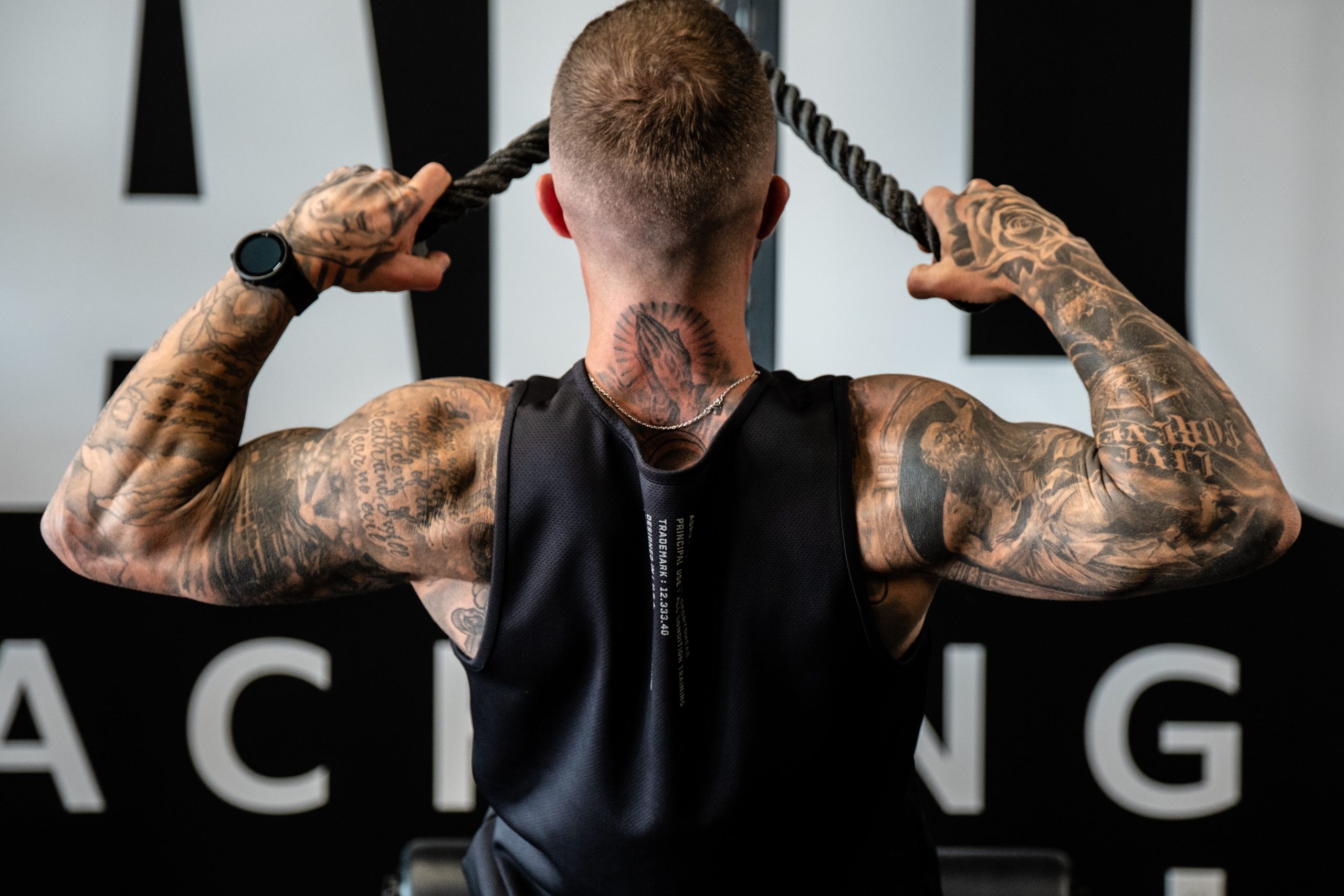
Now you plug in isolation and secondary movements to:
- Add volume
- Bring up weak muscle groups
- Improve posture and resilience
On upper days, this often means more pulling, rear delts, and arms.
Example Upper Body Isolation Block
- Cable face pulls
- Seated cable rows
- Rear delt flyes
- Bicep curls
- Tricep pushdowns
Example Lower Body Isolation Block
- Leg extensions
- Hamstring curls
- Hip thrusts or glute bridges
- Hip abduction/adduction
- Calf raises
This is where you ask:
“What’s lagging?”
“What joint or pattern needs support?”
“Where can I safely add volume without crushing recovery?”
For many clients, this ends up looking like:
- More rowing
- More hamstring work
- More glutes
Because 9 out of 10 people will benefit greatly from doing some extra volume on their posterior chain.
Step 7: (Optional) Add a Metabolic Finisher

This step is optional — but powerful — especially for intermediate and advanced lifters or those chasing conditioning/fat loss.
The finisher can target:
- Metabolic stress (for hypertrophy)
- Conditioning / work capacity
- Caloric burn
Examples for Upper Days
EDT or “density” finisher:
Set a 8–12 minute timer and cycle through:
- Lateral raises
- Biceps curls
- Triceps pushdowns
Or:
- Push-ups
- Inverted rows
- Dips (assisted if needed)
Focus on good form, continuous work, not racing like a CrossFit WOD.
Examples for Lower Days
- Sled pushes & pulls
- Farmer’s carries
- Assault bike intervals
- Rowing machine intervals
- High-rep leg extensions / hamstring curls / calf raises
Why I love sleds and bikes:
- Minimal eccentric loading = less soreness and joint stress
- Great for conditioning
- Easy to push effort without wrecking your ability to train again soon
Sample 4-Day Upper/Lower Training Split Program
Here’s how all 7 steps could look pulled together.
Day 1 – Upper (Horizontal Focus) |
|
Day 2 – Lower (Squat Focus) |
|
Day 3 – Upper (Vertical Focus) |
|
Day 4 – Lower (Hinge Focus) |
|
You can plug in different variations based on:
- Equipment available
- Experience level
- Injury history
- Specific physique or performance goals
But the structure always stays the same, which is what makes this upper/lower split template system so valuable for coaches.
Final Thoughts: A Simple Template You Can Run All Year
If you follow these 7 steps, you’ll have an upper/lower training split program that:
- Covers all major movement patterns
- Balances strength, muscle, and durability
- Fits real-life schedules
- Scales from beginner to advanced
You don’t need a fancy split to get strong, build muscle, and look athletic.
You need a sensible, repeatable framework — and the discipline to run it consistently.
Use this template, swap exercise variations block to block, and you can make progress for a long time without ever overcomplicating your training.
Want a Tailored Version Built For You?
If you’d rather skip the guesswork and have a coach design your split — based on your body, lifestyle, and goals — that’s exactly what we do at Tailored Coaching Method.
We’ll build your training, your nutrition, and your progress tracking — so all you have to do is show up and execute.
![[TEMPLATE] Podcast YouTube Thumbnail (9) [TEMPLATE] Podcast YouTube Thumbnail (9)](https://tailoredcoachingmethod.com/wp-content/uploads/bb-plugin/cache/TEMPLATE-Podcast-YouTube-Thumbnail-9-1024x576-square-d77d5ffbe2c3668a358cf5e8f4a9607f-5de6817439494.png)


